The Aston Martin Lagonda Taraf saloon is being offered for sale in the UK with a price tag of £685,000.
A price for the super-luxury saloon first appeared on the website of specialist dealer H.R. Owen, but has since been removed. Originally destined exclusively for the Middle East, it's understood that customer demand has swayed Aston Martin's decision to offer the car for sale in the UK. The announcement was made at the Geneva motor show in March.
In addition to the Middle East and the UK - where the Lagonda will be offered in right-hand drive form - sales will now take place in EU-legislation-compliant continental Europe and other select global markets, including Singapore and South Africa.
It's near-£700,000 price tag pitches the Lagonda well above other super-luxury saloons. An extended-wheelbase Rolls-Royce Phantom costs £373,824 by comparison, while the Bentley Mulsanne costs £229,360.
Based on Aston Martin’s VH architecture, the V12-powered Lagonda Taraf will be built in a limited run of 200 units and is the work of Aston’s special projects division, which is behind the recent Vulcan and Vantage GT12.
The carbonfibre-bodied model will be hand-built at Aston’s Gaydon headquarters, and extensive personalisation will be offered by the ‘Q by Aston Martin’ bespoke service.
The return of the Lagonda name on a production car is significant for Aston, because it is expected to be returned full-time to the range on an as yet unconfirmed SUV model.
Powered by a 550bhp 5.9-litre naturally aspirated V12 engine - the same unit as the Rapide S - the Lagonda is capable of reaching a top speed of around 200mph. The production-ready model was revealed in a series of official pictures late last year, and had previously been spotted testing both on UK roads and in Oman.
As part of its extensive testing programme, Aston Martin took a near production-ready Lagonda model to Oman, where it completed some 14,000 miles of testing over four weeks. The main focus of the testing was to see how the Lagonda's components, especially elements like its air conditioning system and interior trims, tolerated the heat, which could range from 30 to 50 degrees Celsius. At the time, Aston said the car was already performing "beyond expectations".
Styling cues for the model are borrowed from the V8-engined Lagonda saloon, which was launched in 1976 and was designed by William Towns. Underpinning the new model is Aston Martin's VH architecture, which is used throughout its current line-up. Power from the V12 engine is sent to the rear wheels via a six-speed ZF automatic transmission.
Aston Martin Design Director Marek Reichman said: "The new model, like its exclusive siblings the One-77 and V12 Zagato, has been created as a piece of exceptional automotive art.
"It has been designed and developed entirely in keeping with the spirit and ethos of previous Lagonda super saloons – notably the William Towns Lagonda – and as a tribute to this car it proudly bears the Lagonda nameplate."
At its 1976 launch the Lagonda was notable for, among other things, its use of advanced technology – including LED display panels. The Aston Martin Lagonda, like its forebear, also makes use of modern innovations. For example, it utilises carbonfibre for its exterior panelling.
Each Lagonda will be hand built at Aston Martin's plant in Gaydon, in a building that was previously dedicated to construction of the One-77 supercar. The new Aston Martin Lagonda follows in the footsteps of other bespoke projects including the £500,000 Aston Martin CC100 Speedster, production versions of which were built by the 'Q by Aston Martin' division.
Launched in 2013, the Q division is responsible for offering customers the ability to customise existing models to their own specifications, or to commission entirely bespoke cars. An Aston Martin spokesperson had previously said that the Lagonda was part of a series of coach-built models produced by the Q division.
The company says that the launch of the new saloon revives the Lagonda ethos of "the finest of fast cars".
Aston Martin Lagonda design secrets revealed
Getting to see Aston Martin’s pre-production Lagonda super-luxury saloon is not the most straightforward of tasks.
At the entrance to the company’s Warkwickshire headquarters, I jump into an Aston Rapide with design chief Marek Reichman, in order to get to the well hidden unit where a verification prototype of the new car is waiting.
The security detail at the super-clean facility – originally constructed to build the One-77 hypercar – appears none too happy with our attempts to gain access to the Lagonda, but eventually, after swipe-carding our way through three doors, I’m led into a darkened room. The overhead lights are switched on and, as they flicker into life, the Lagonda is revealed for the first time.
Aston Martin couldn’t have choreographed a more Bond-like reveal of the car if it tried. I can’t help but expect Desmond Llewelyn’s Q to step forward and say: “Now pay attention, Bond.”
The first Lagonda production car in nearly four decades (nobody seems quite sure when the final example of the dramatically wedge-shaped Lagonda saloon, launched originally in 1976, left Aston’s production lines), this new saloon has surprised industry watchers who expected to see the Lagonda badge reborn on an upmarket SUV.
Stuck in the window of the first door we passed through was a sheet of A4 paper bearing the words ‘Project Comet’. Reichman says the Lagonda project was known as ‘Comet’ from the outset. “Comets are internationally understood and have been believed to be a harbinger of the future and often a guiding light,” he explains. “We thought that was entirely appropriate for this project.”
Work on the 5.4-metre-long machine began just 18 months ago in Aston Martin’s design studio. “We always have ideas kicking around the studio and we always have ideas about what we could do with Lagonda,” says Reichman.
Aston is aiming the new Lagonda directly at the Middle East market, from where, Reichman says, there has been “specific market demand” for this type of vehicle. But why did Reichman and his design team so specifically reference one of Aston’s more controversial and uncompromising historic vehicles?
Reichman estimates that 60-70 per cent of the surviving examples of the last production Lagonda model are now in the Middle East, which is partly why the new Lagonda is such a clear tribute to William Towns’ uncompromisingly edge-shaped 1976 original. “The Middle East is a unique place and Towns’ Lagonda was very different,” says Reichman.
“Lagonda has an impeccable heritage. It was a Le Mans winner in the pre-war era and was part of the avant-garde; it was always offering something different. David Brown bought the Lagonda brand [in 1947] and commissioned William Towns to stick with that. It [the 1976 Lagonda] was an attractive aesthetic; it was the lowest four-door car with a remarkably low roofline. It had daring interior technology and was a very brave car.”
It is very hard to scale the new Lagonda in this immaculate and nearly all-white room, but it is clearly an imposing machine, even if its size is well disguised by the low beltline and steeply raked windscreen.
In fact, the new car is a remarkable 5.4m long (5396.5mm, to be exact). That’s around half a metre longer than the Rapide and just a few millimetres shorter than the Rolls-Royce Ghost. The 3189mm wheelbase should open up significant space in the rear, although the doors of this development car remain frustratingly locked. Rumours are that the V12-powered Lagonda will hit a real-world 175mph.
This was a remarkably swiftly executed project, with just eight months separating the first studio sketches from the final full-size model. Lessons were clearly learnt from the One-77 project, which took two years from first sketches to production. “From the first scale models, we just knew it would be right,” says Reichman. “When the first model was revealed, the reaction was, ‘Wow’.
“This car is not retrospective. There’s a feeling of drama with the low nose, the continuous flat face and the speed of the A-pillars. The rear of the roofline pulls up over the rear edge of the roof, emphasising the importance of the rear passengers.”
“We call this car a ‘super-sport sedan’,” Reichman continues. “It’s very powerful at the rear, and very wide at the rear. The rear track is the widest we have ever done.” Reichman points out the substantial flat shoulder that runs down the side of the car and into what he refers to as the rear deck. He says it’s a reference to the classic Riva powerboat, and apparently it’s one of the design’s most praised reference points.
In the metal, the new Lagonda is a mighty machine, which, despite what I would call some significant juxtapositions of design language, hangs together in an unexpected manner. Although there are no razor-sharp edges of the type that Towns put into production in the 1976 car, the new Lagonda mixes the impression of edginess with what are surprisingly voluptuous surfaces, such as the way the rear wing and rear door skin enclose the super-wide rear axle and huge wheels.
The whole back end of the Lagonda – or at least the volume under the bootlid – really does appear to wrap itself into a kind of rounded boat tail.
It helps to reduce the visual bulk of the car behind the rear axle (where it has something of an overhang when viewed directly from the side), but it also provides an unexpected contrast to the chromed lower edges of the side glazing and the leading edge of the C-pillars.
It’s a pity that Reichman decided not to risk a big, wide and completely flat C-pillar panel, as on the car’s predecessor; instead, the surface is broken up by a pressed-in wavy edge.
The needle nose of the original could never remotely be alluded to in today’s legislation-heavy climate, so we get incredibly slim headlights, powered by LED units which are doing so much to radically transform the possibilities of headlight design.
The Lagonda is constructed from panels moulded from carbonfibre-reinforced plastic (CFRP), which are, in turn, partly bonded directly to the aluminium surfaces of Aston’s VH platform.
One of the most impressive things about the Lagonda is its liquid-like surfaces. They might look like precision-pressed steel, but what Reichman’s design team has achieved with a moulded material is highly impressive.
“Endless work was done on the surface quality and surface finish,” explains Reichman. “We work so that panel highlights on the surfaces of our models are replicated exactly. A painted surface looks like the surface as it is released by my department.”
Certainly, the almost flawless and highly polished surface language is probably the defining achievement of the nine years of the Reichman era at Aston Martin.
Achieving this with CFRP panels is easier in the sense that the material is more stable in very hot conditions (the panels on steel and alloy cars will move in hot weather), but it’s much harder in that CFRP is a surface on which it is often more difficult to achieve a perfectly flawless paint finish.
Reichman points out that Aston has its own patented coating which goes directly on to the CFRP panels before being given “seven layers of paint and 21 hours of lacquer and polishing”. Reichman hints that this shift towards CFRP panels made in relatively short-lived tooling could become increasingly common as the manufacturer exploits its ability to build the expensive, limited-run models which are highly prized by the world’s super-rich.
Although the Lagonda production run will be very exclusive (“into three figures”), it is not yet sold out. It was, however, developed with some of Aston’s “most important” clients in the development loop. They were allowed to see progress on the project right from the design stage and were, according to Reichman, “over the moon” about the finished car.
The Lagonda saloon will be made in the same small skunkworks facility that built Aston’s dramatic One-77 hypercar. The first examples are scheduled for delivery early this year, and the production run will finish before the year is out.
I get the sense that Aston will build more of these short-run specials. Buyers get something that is rare and exclusive, while Aston should benefit from significant profit margins that can be reinvested in future products. In short, everyone is happy.
A mix of mainstream models and these short-run cars could combine to become a business model that will allow Aston to flourish with a relatively small output.
After all, with Mercedes-AMG supplying the basic transmission and electrical architecture – the two areas of development that are stupendously expensive – the British company can concentrate on design and craftsmanship.
Read more Geneva motor show news
Get the latest car news, reviews and galleries from Autocar direct to your inbox every week. Enter your email address below:


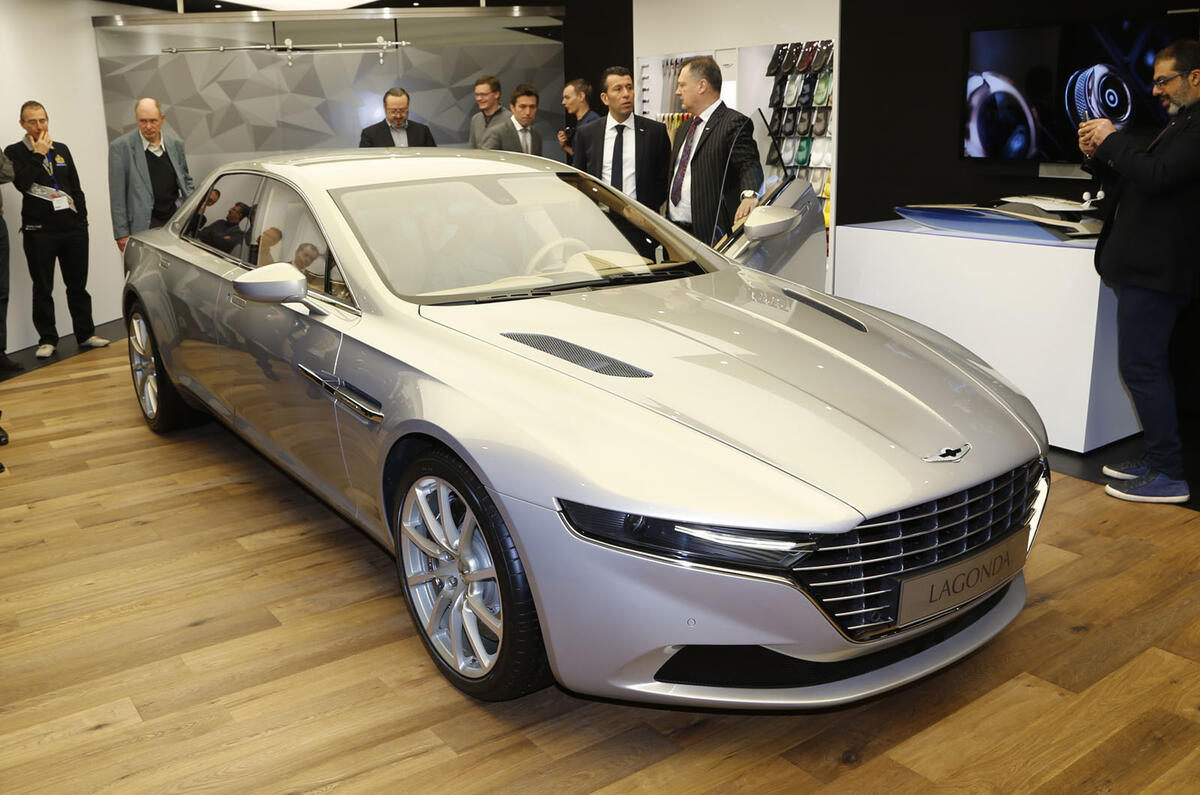
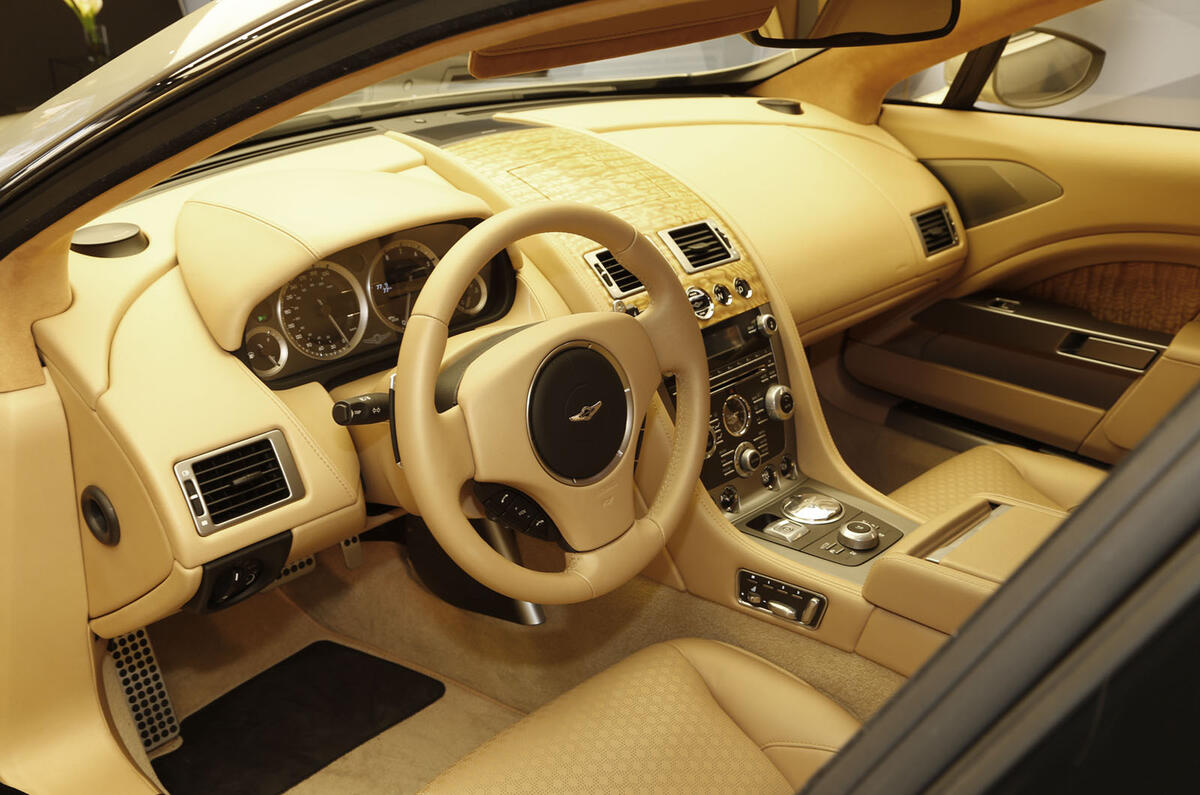
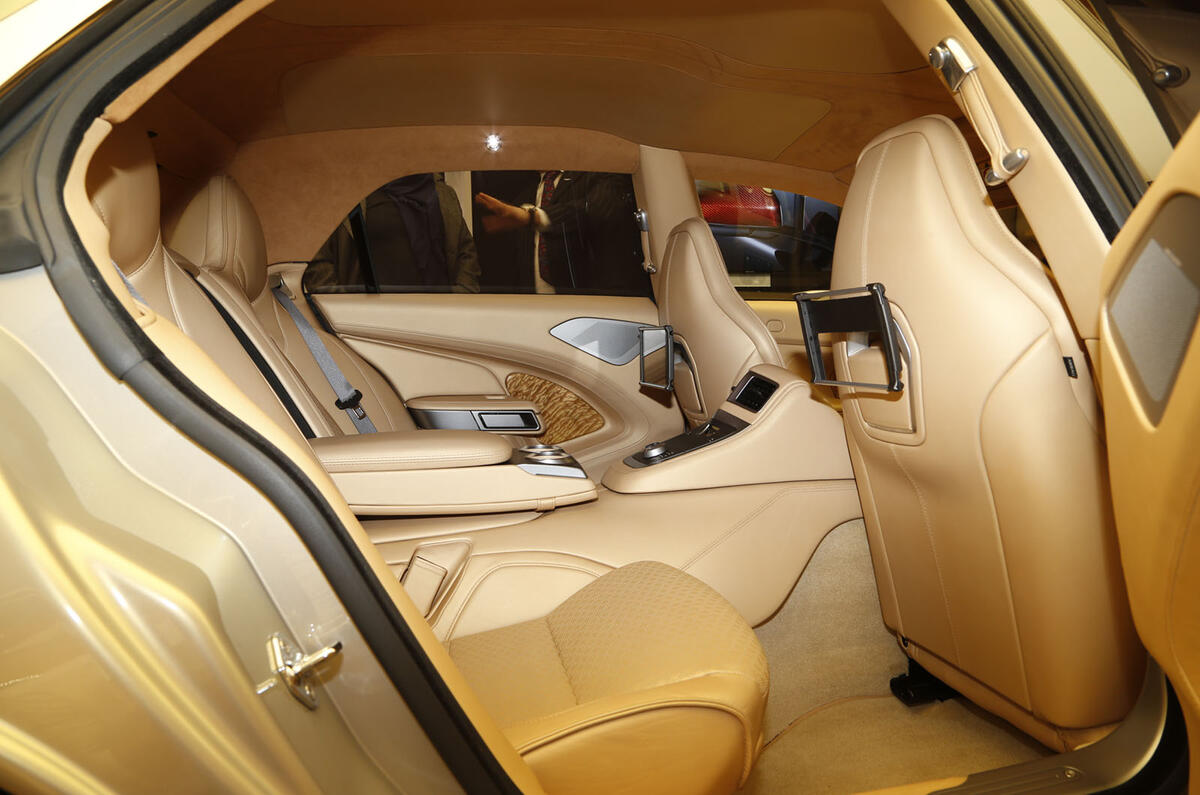
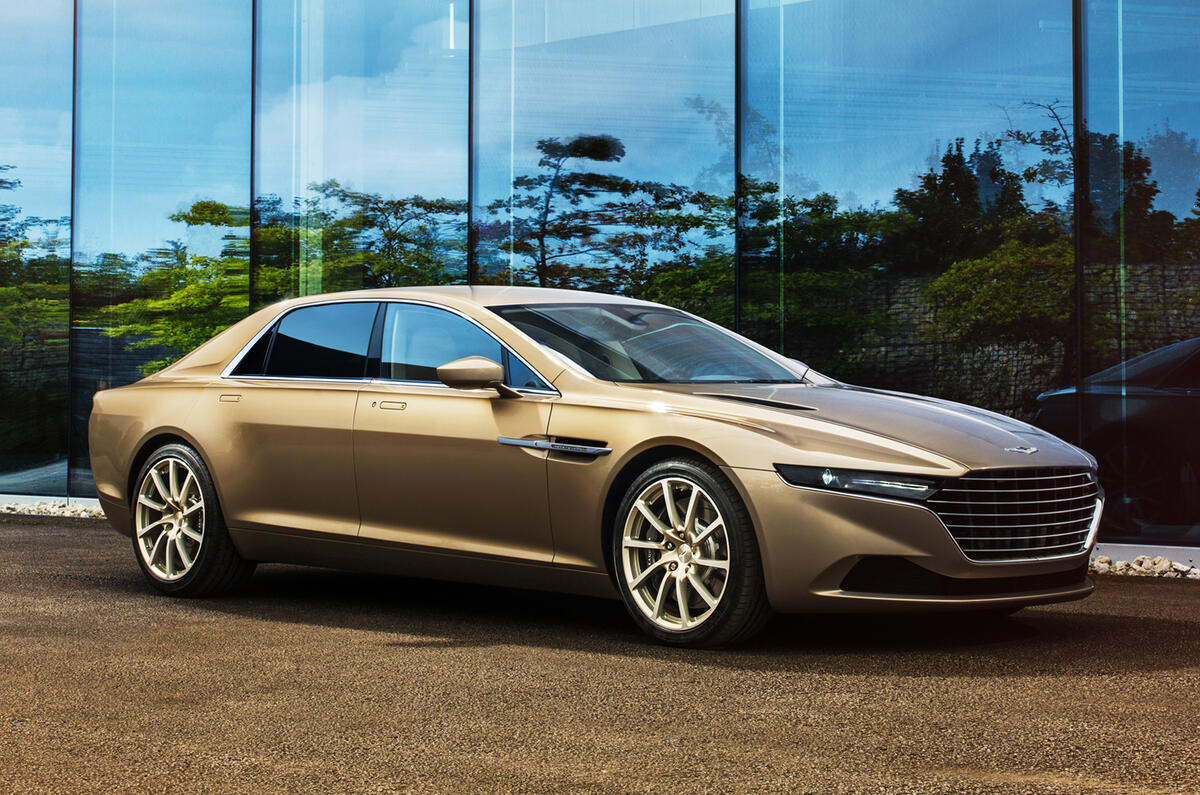
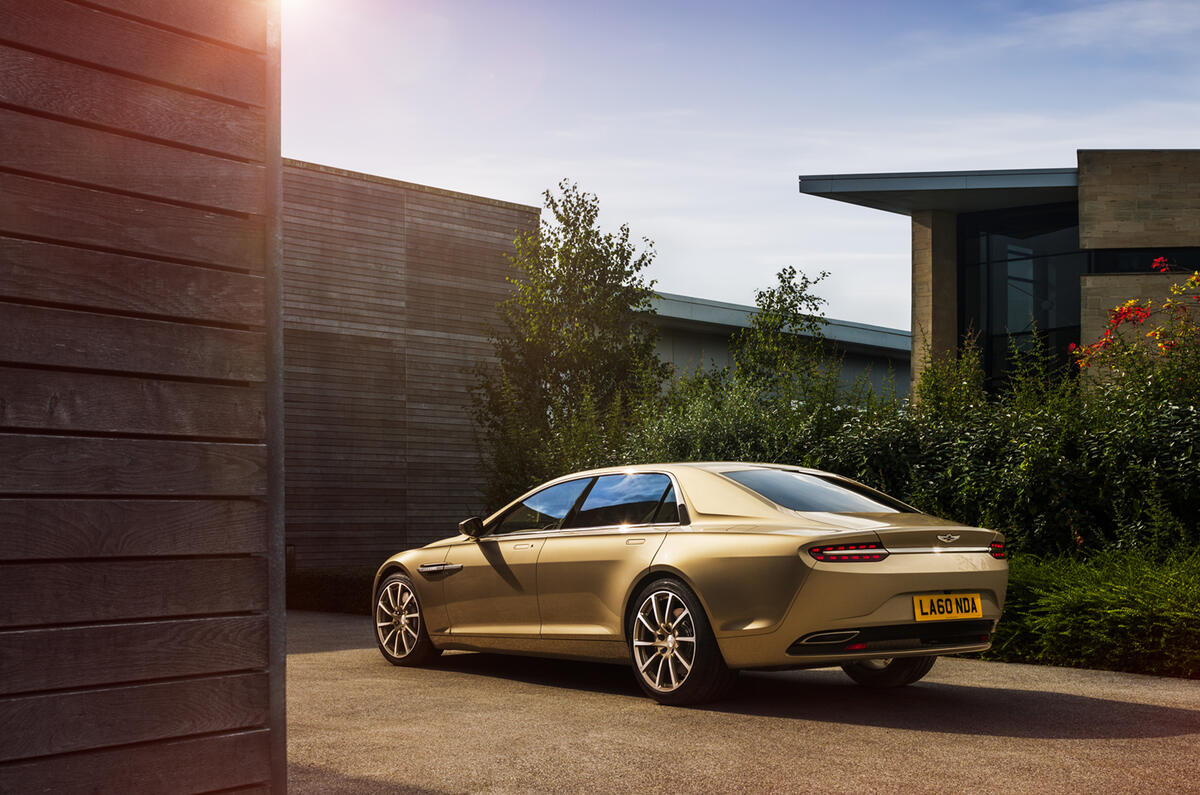
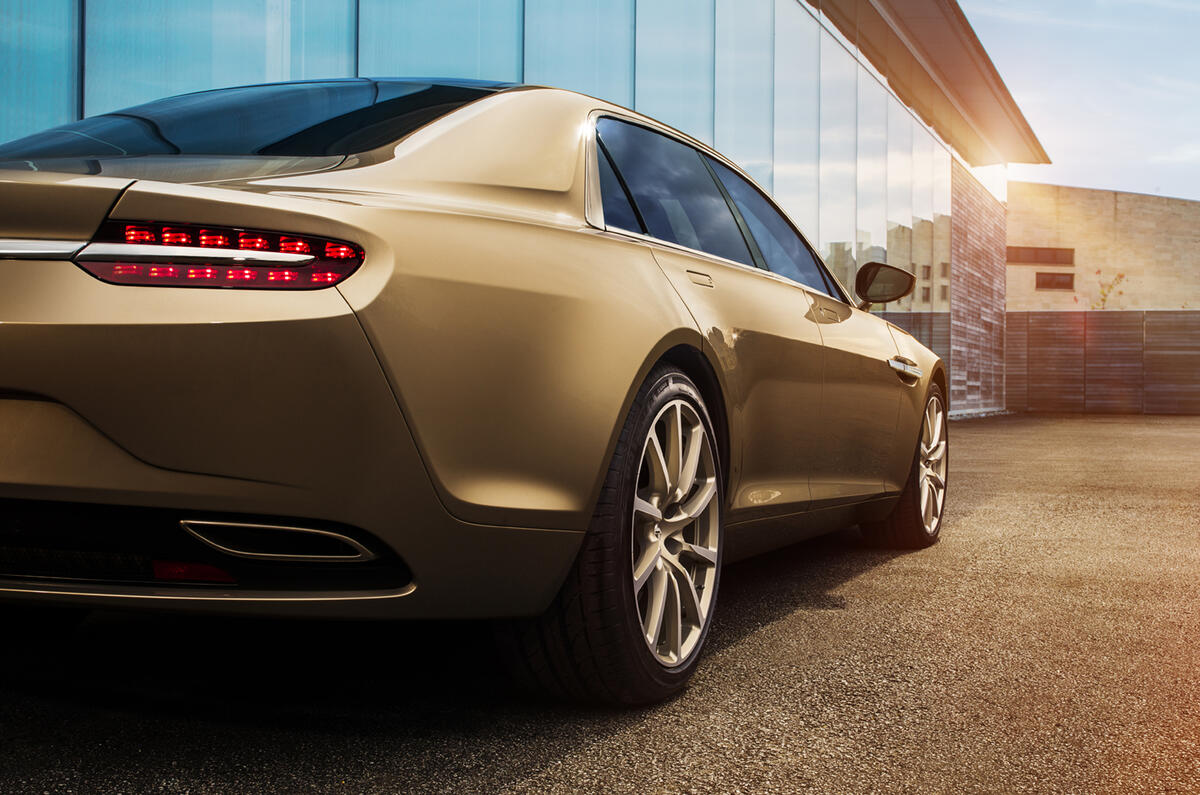
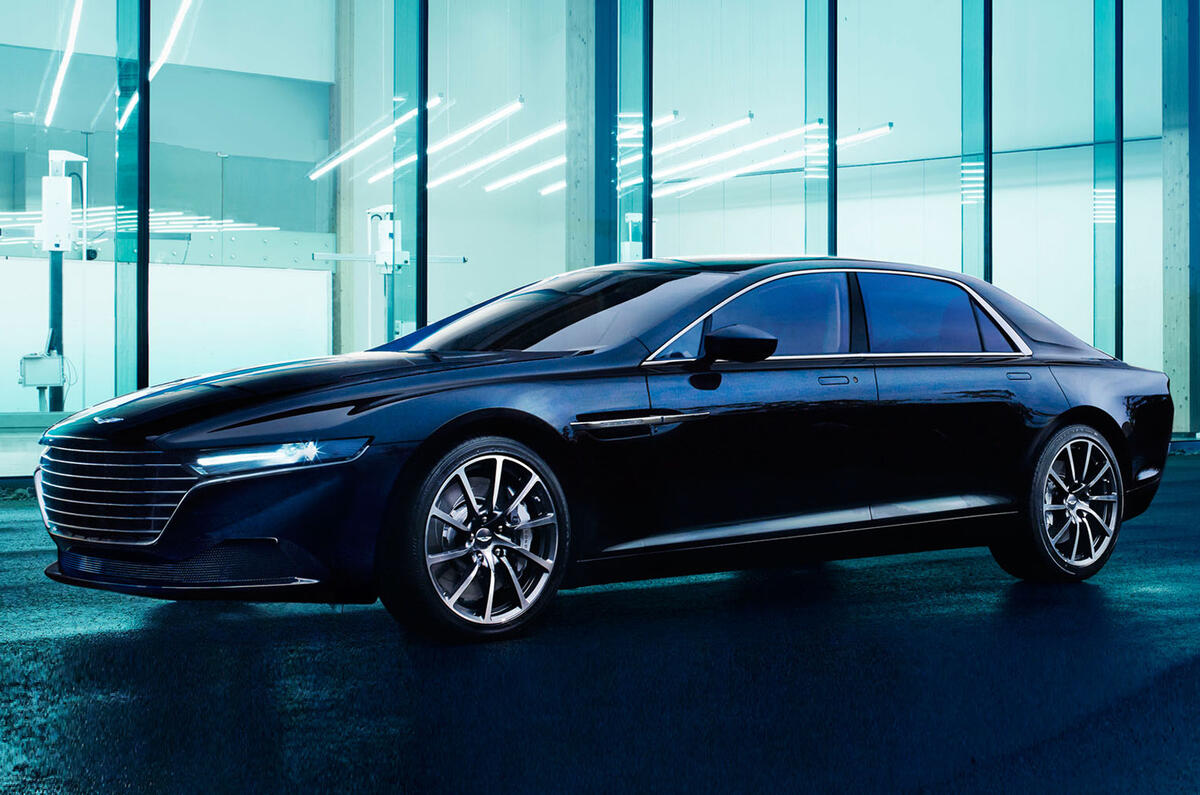
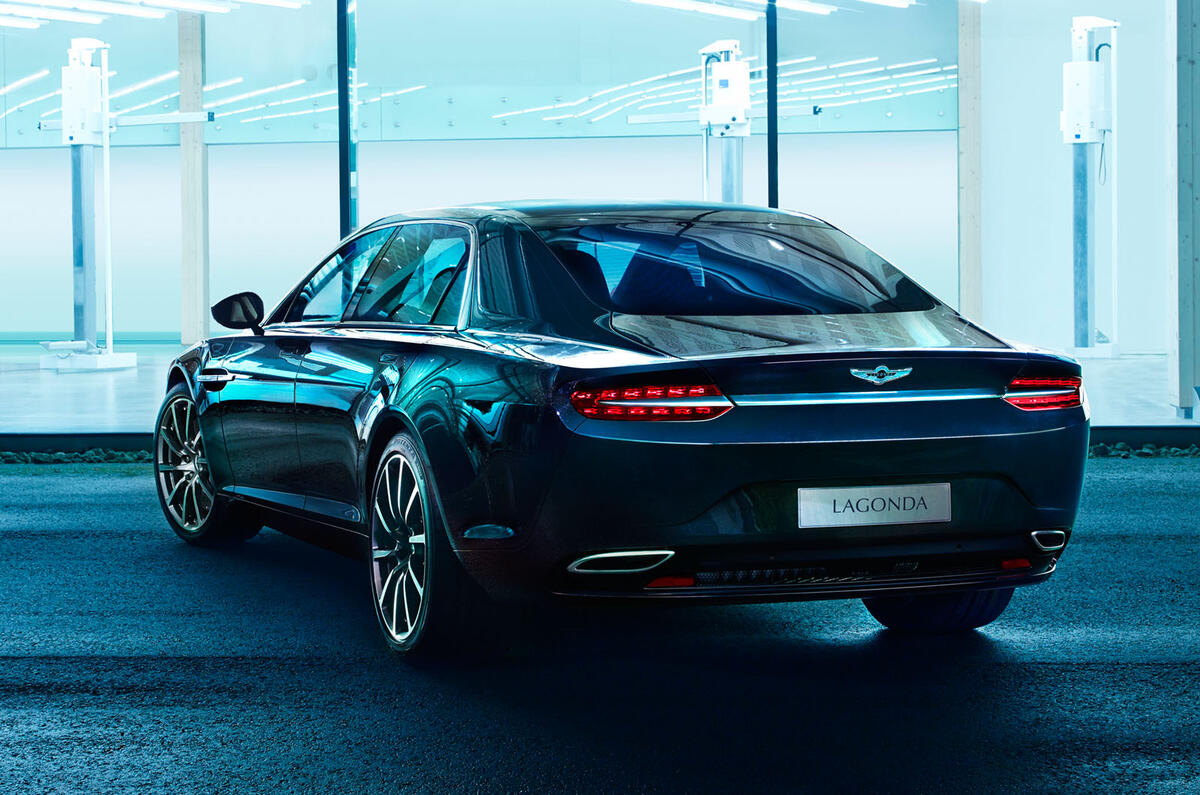
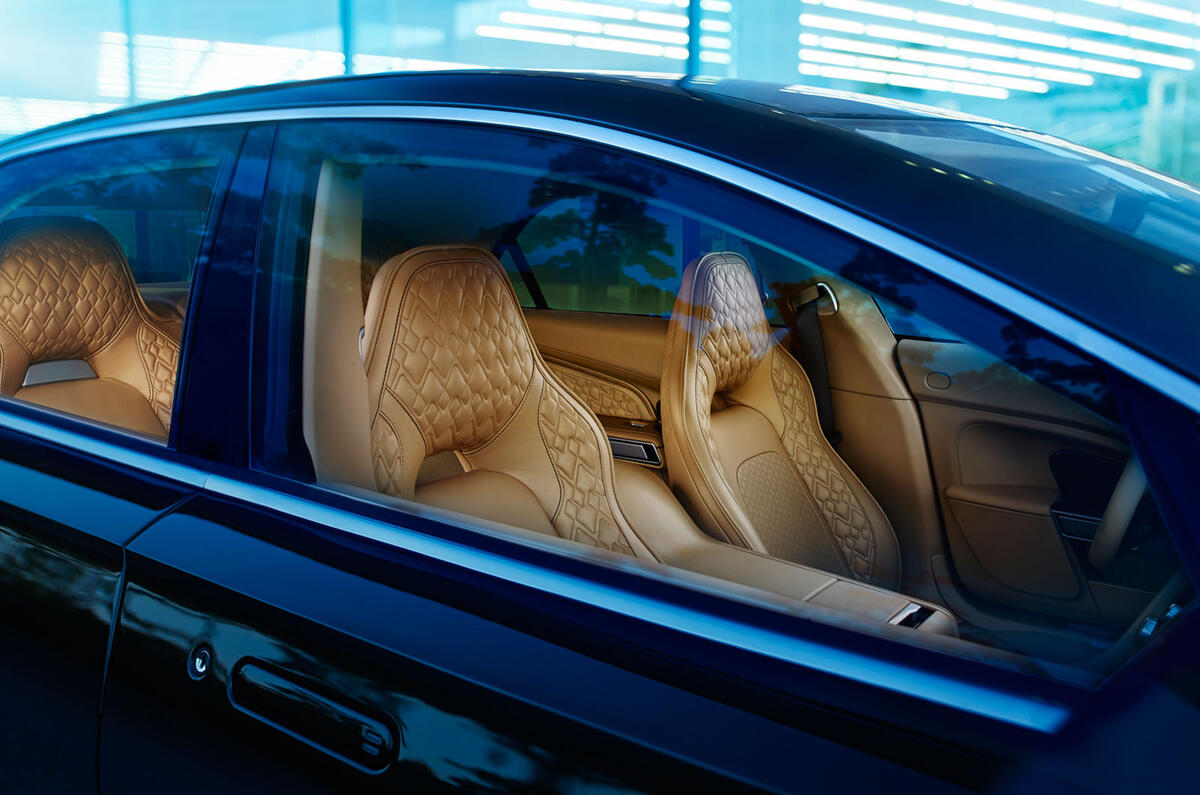
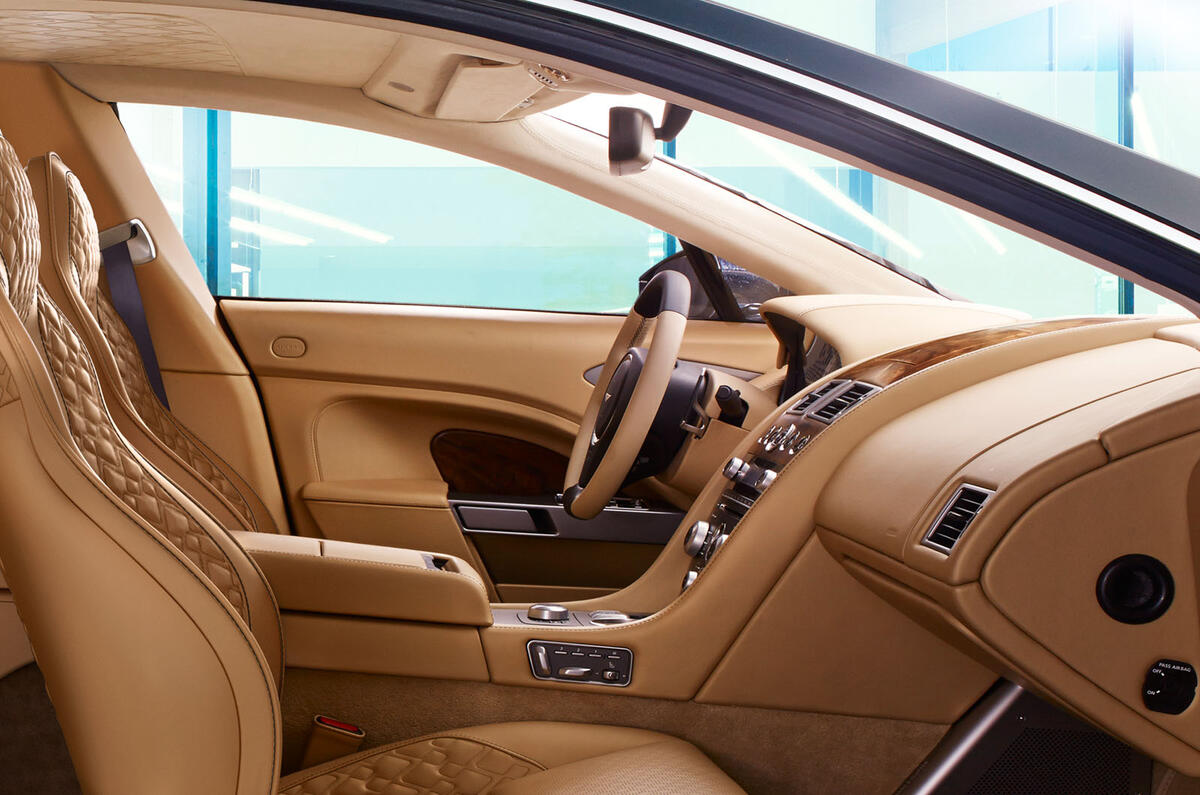
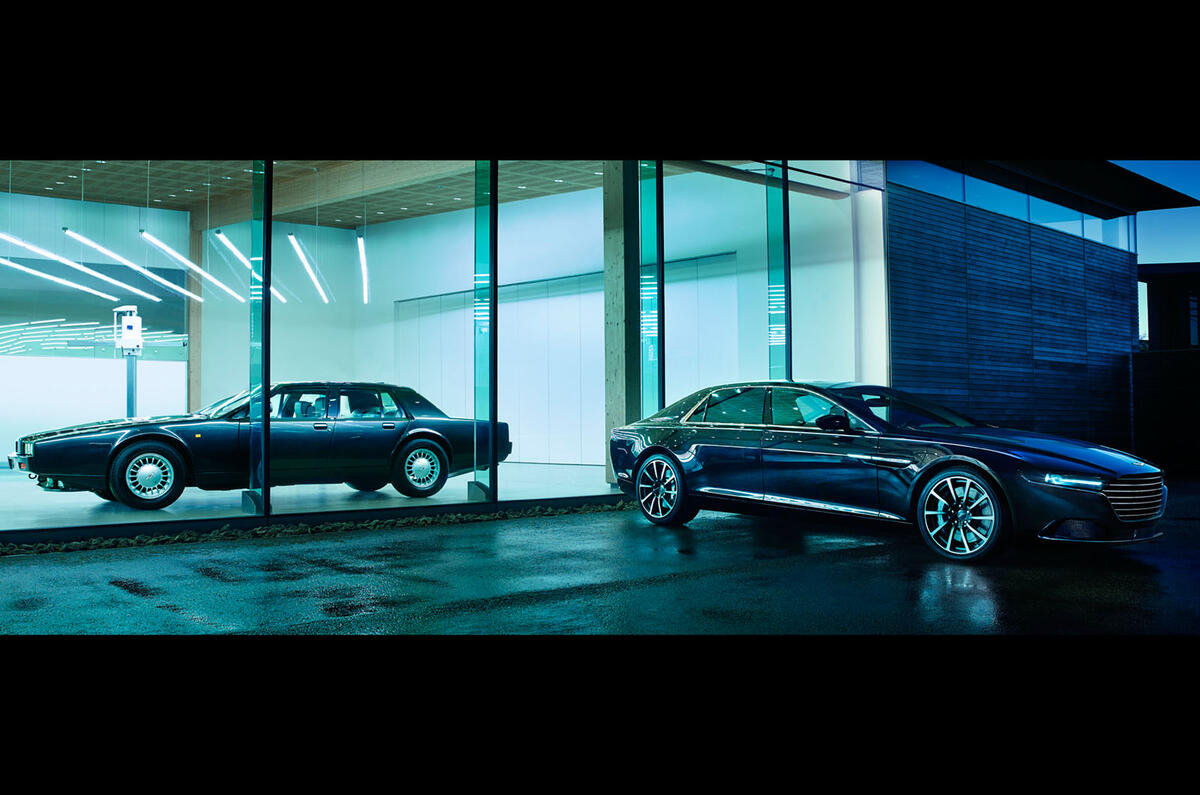
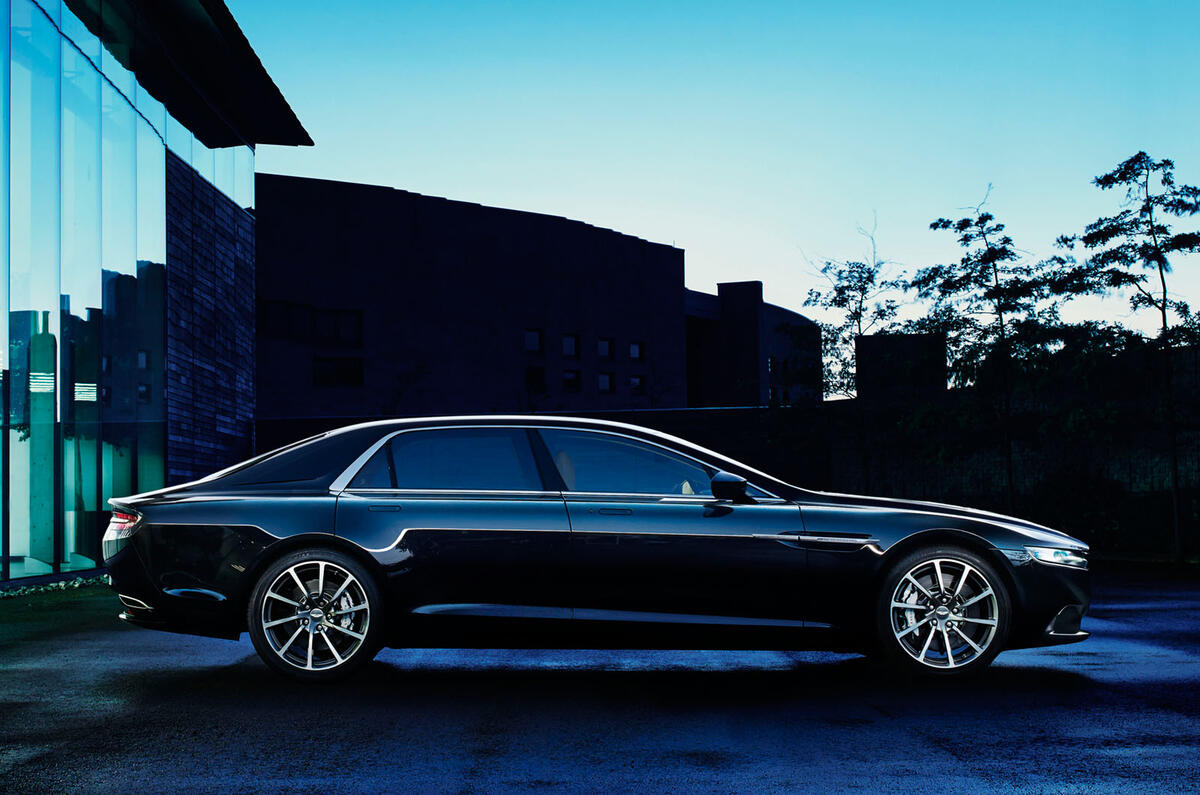
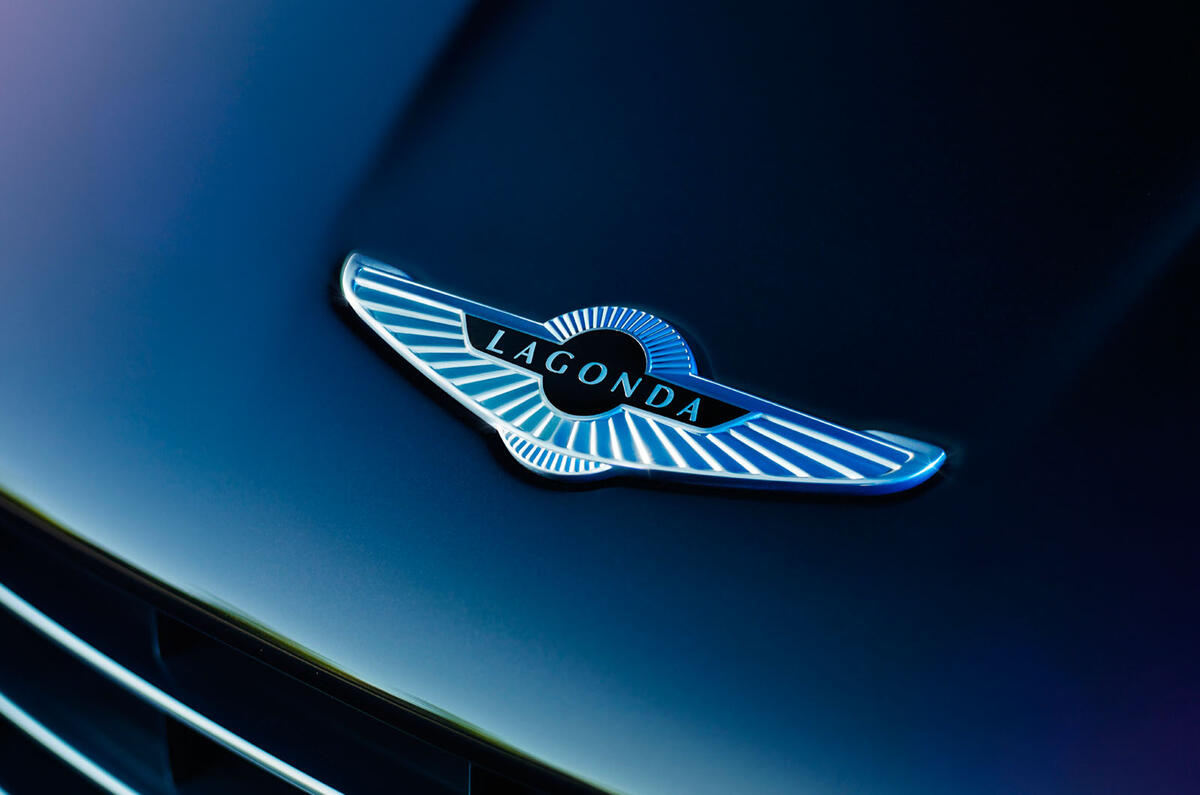
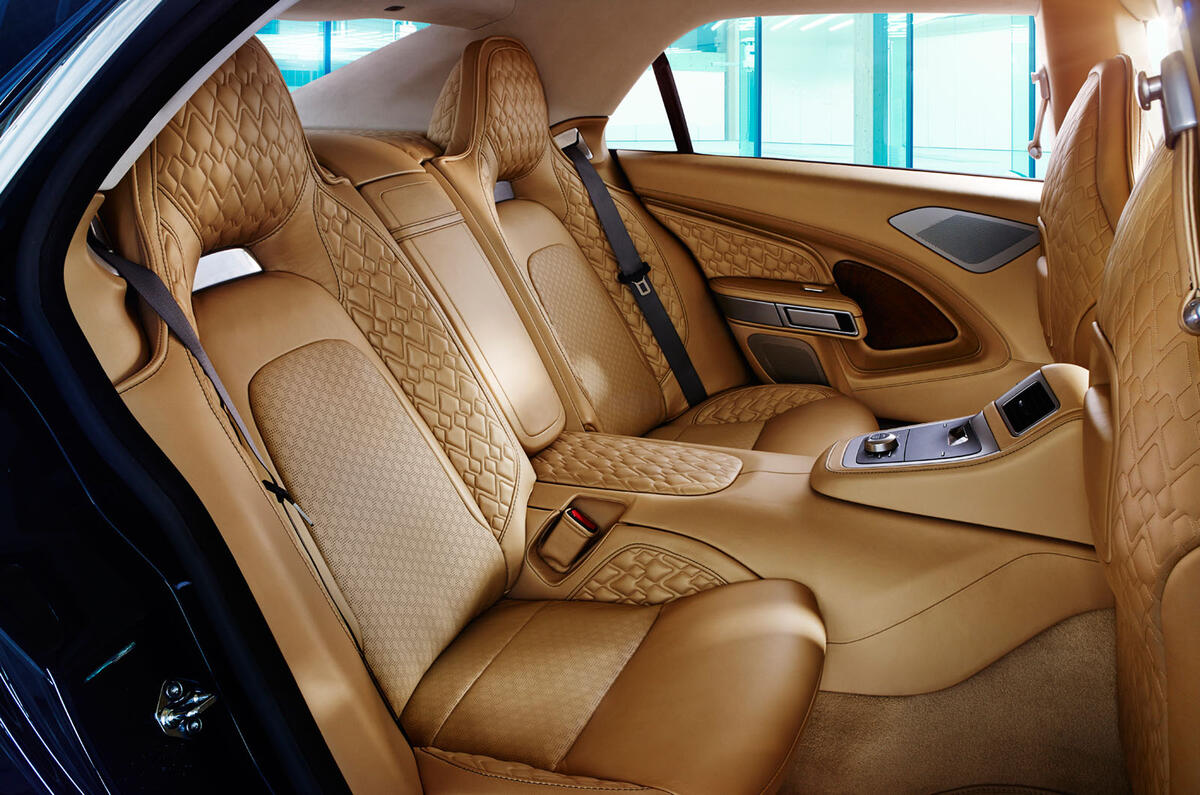
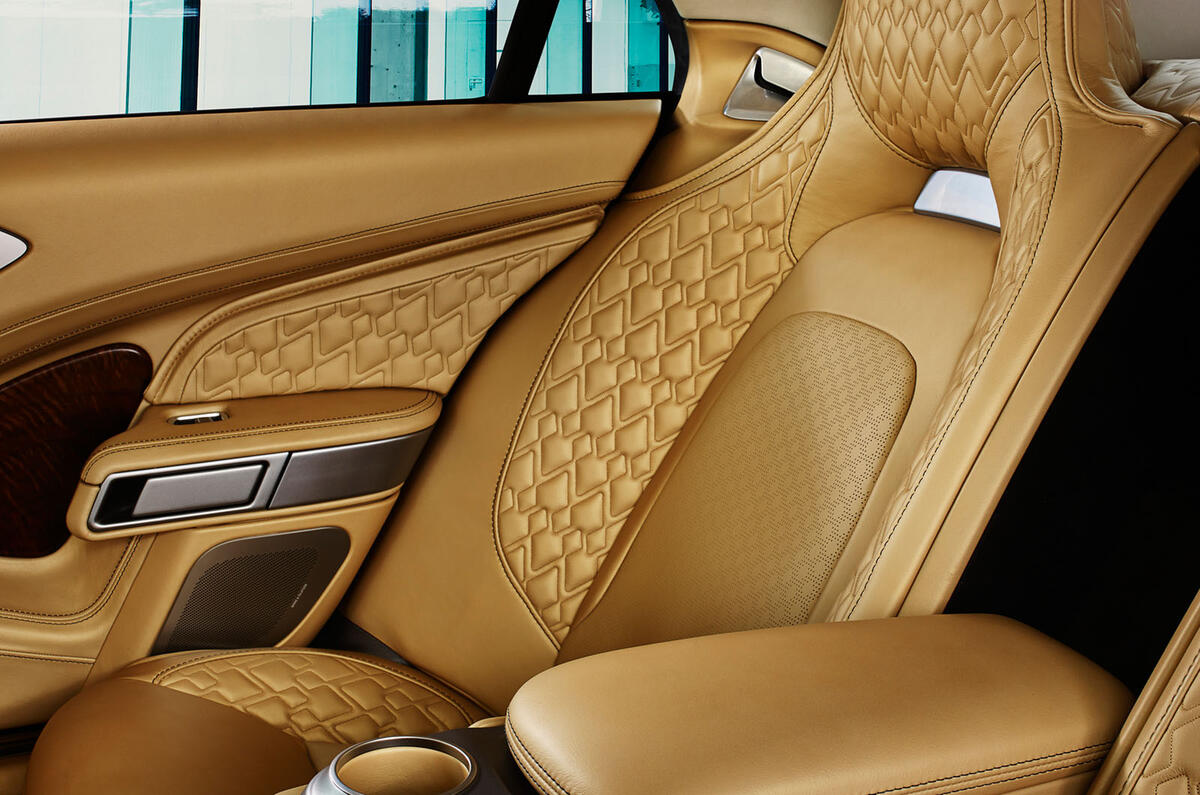
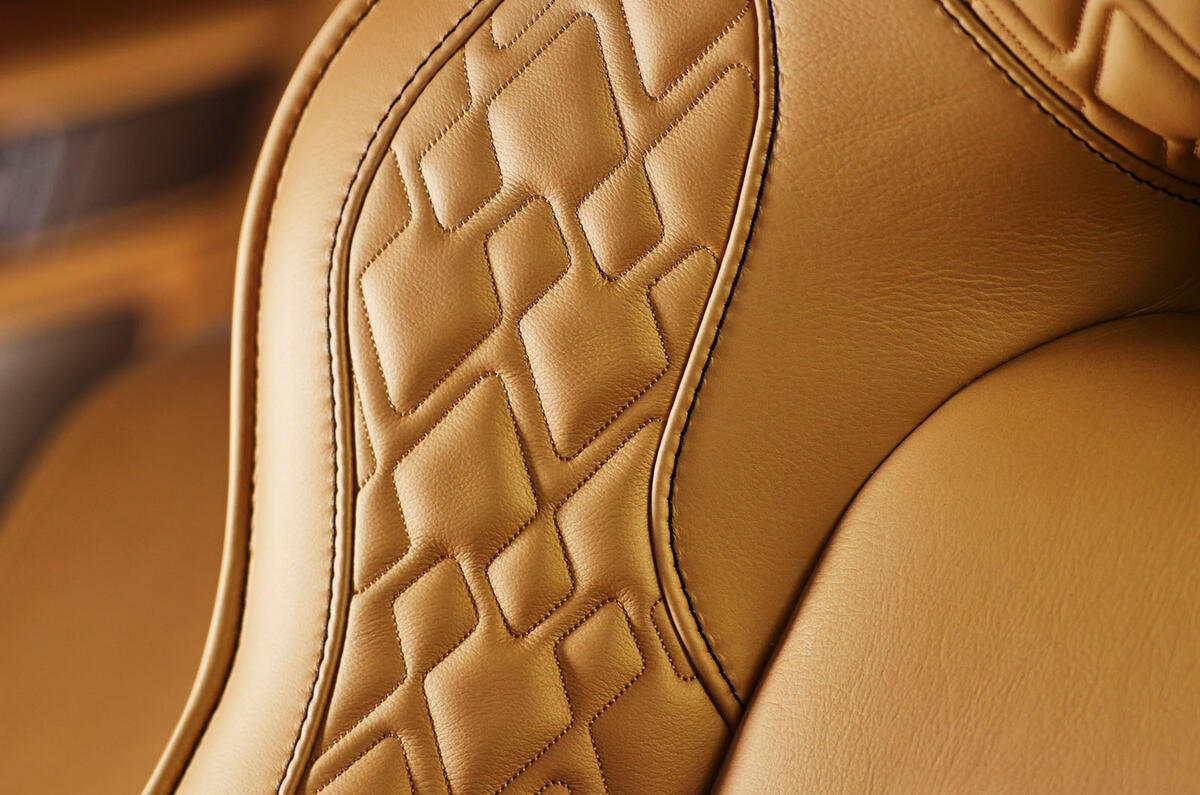
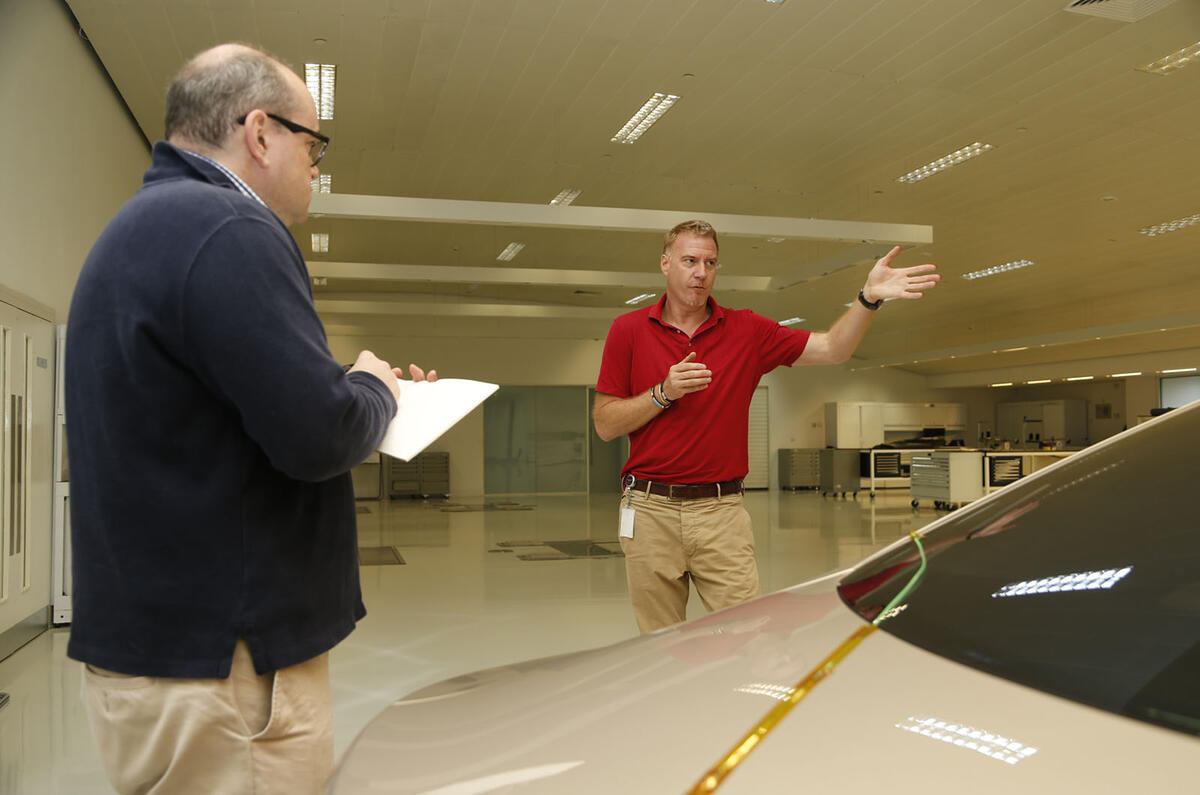
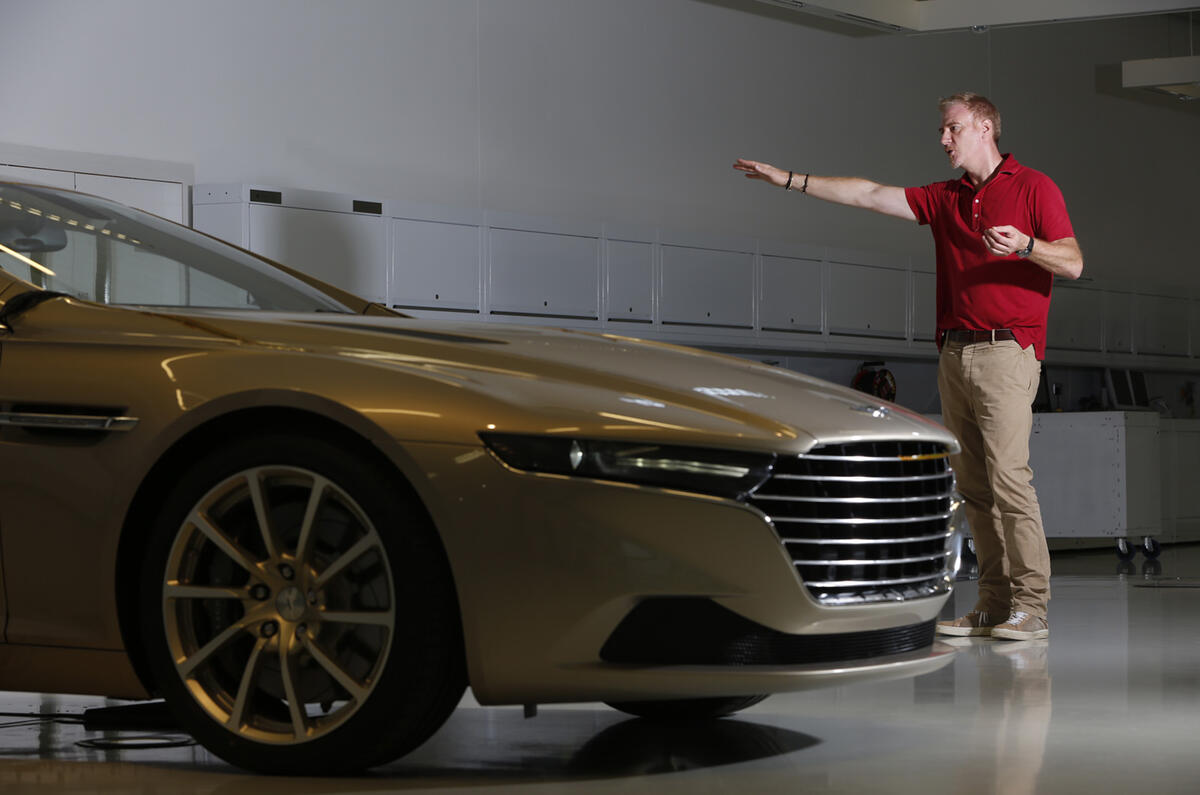
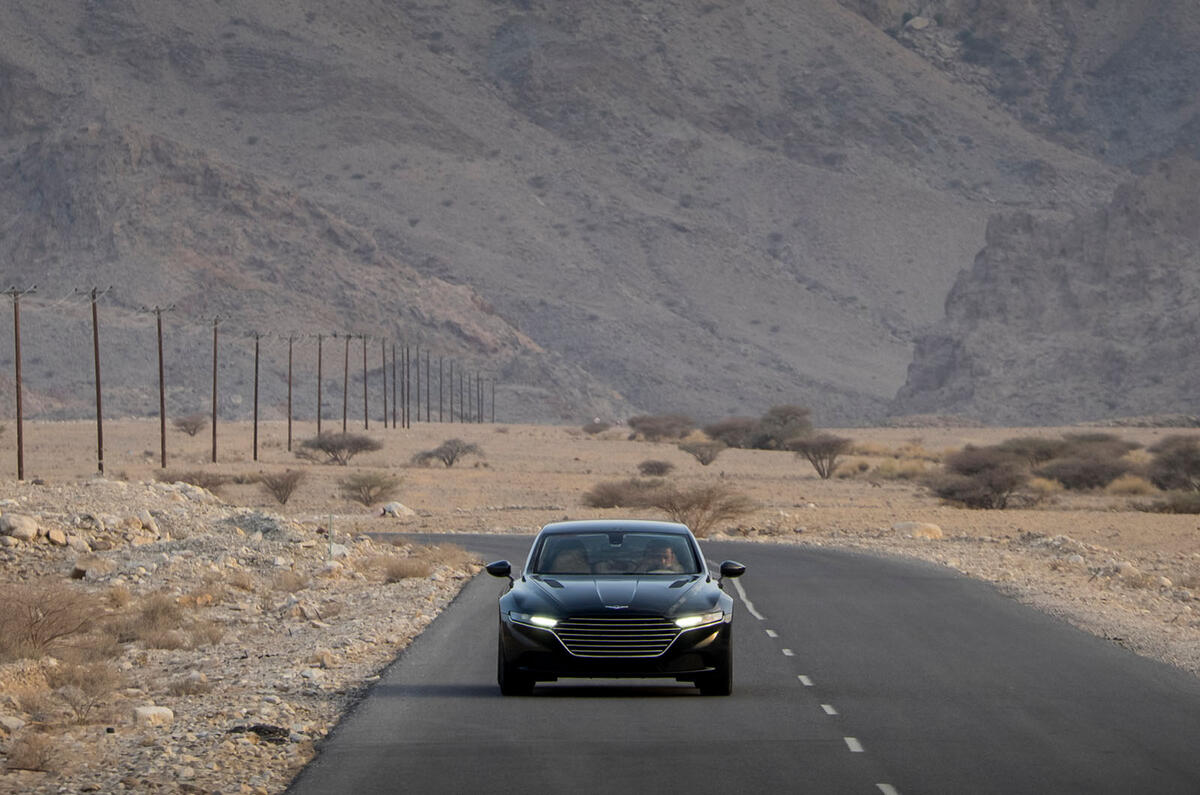
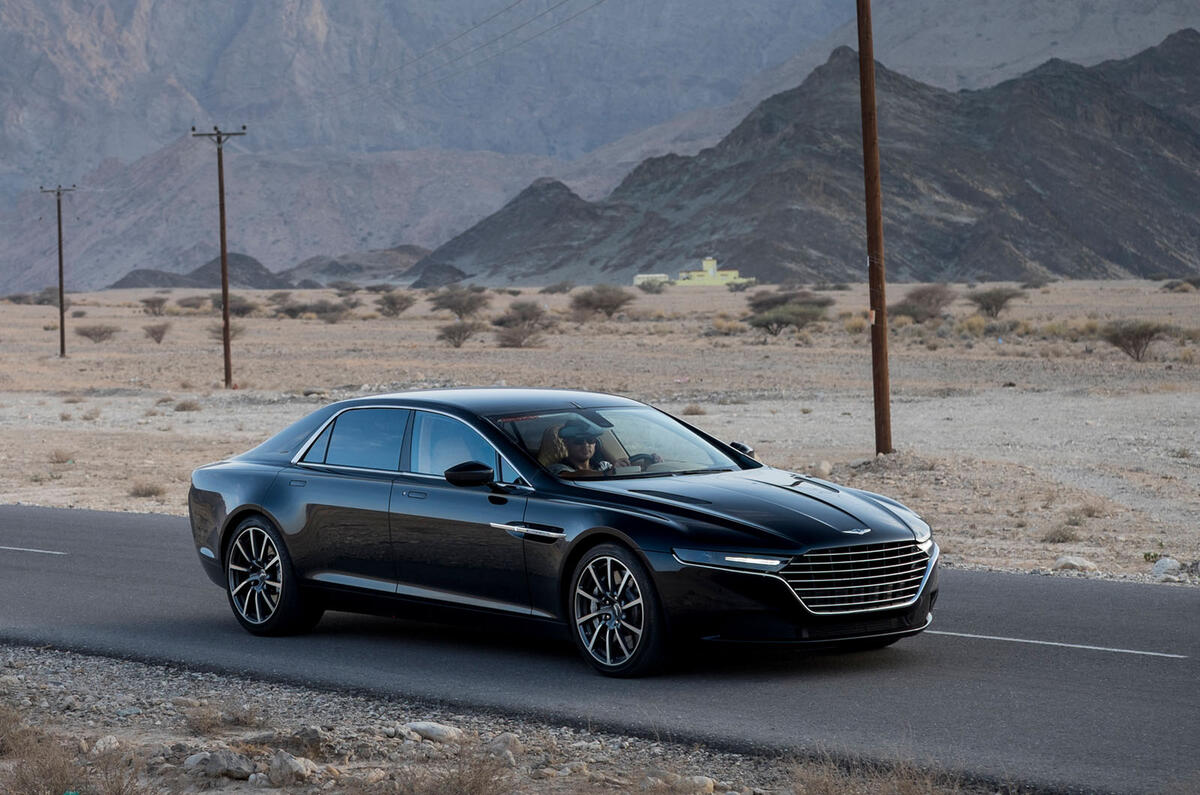
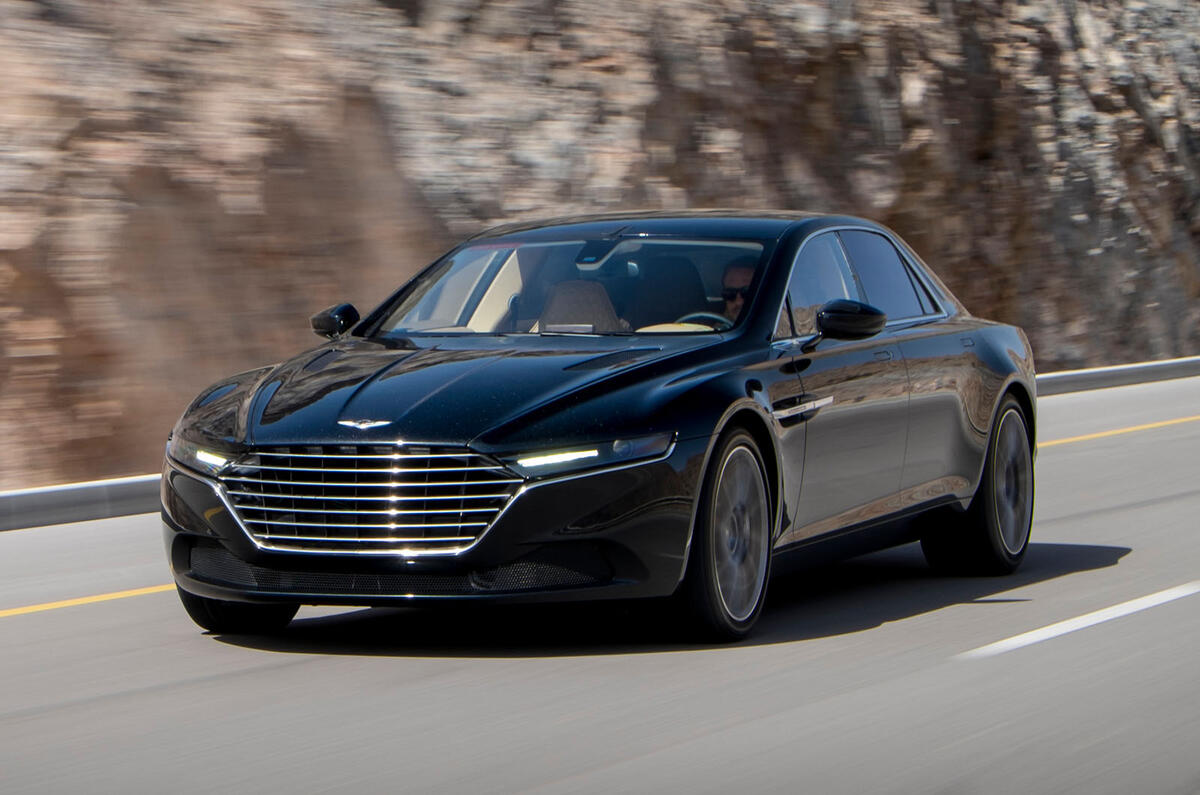
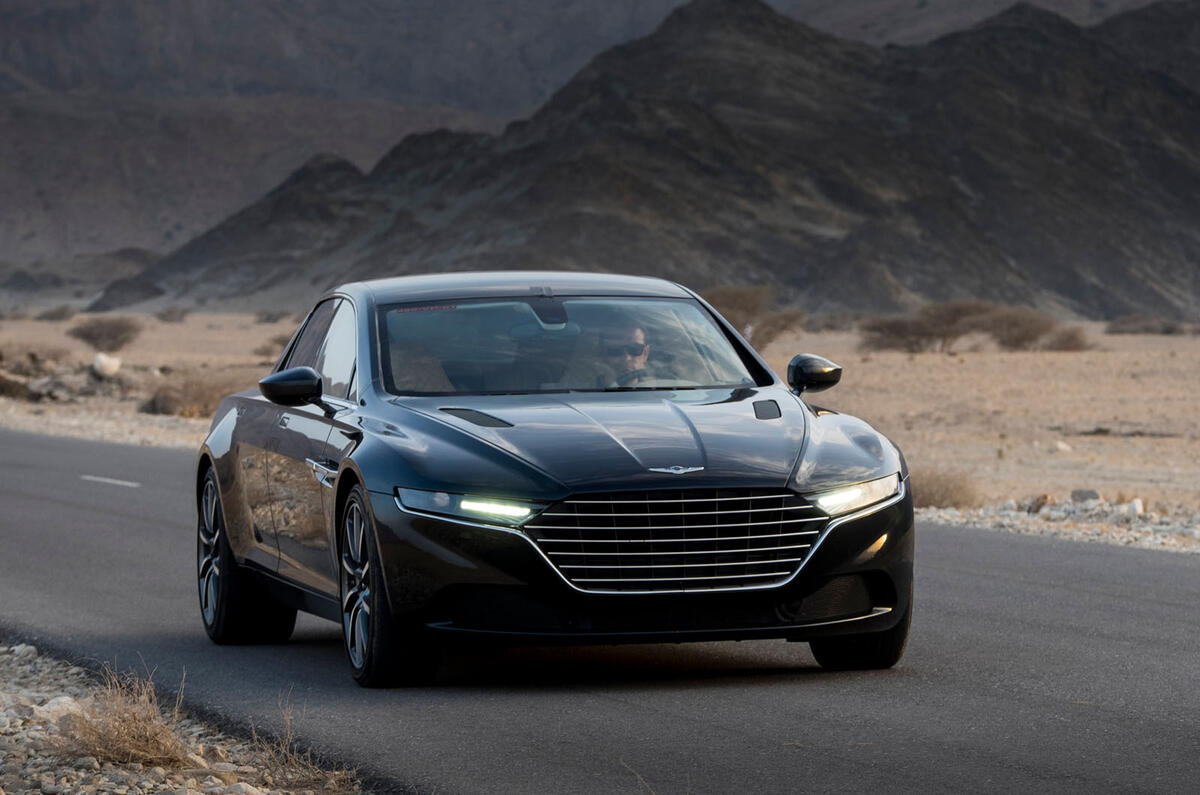
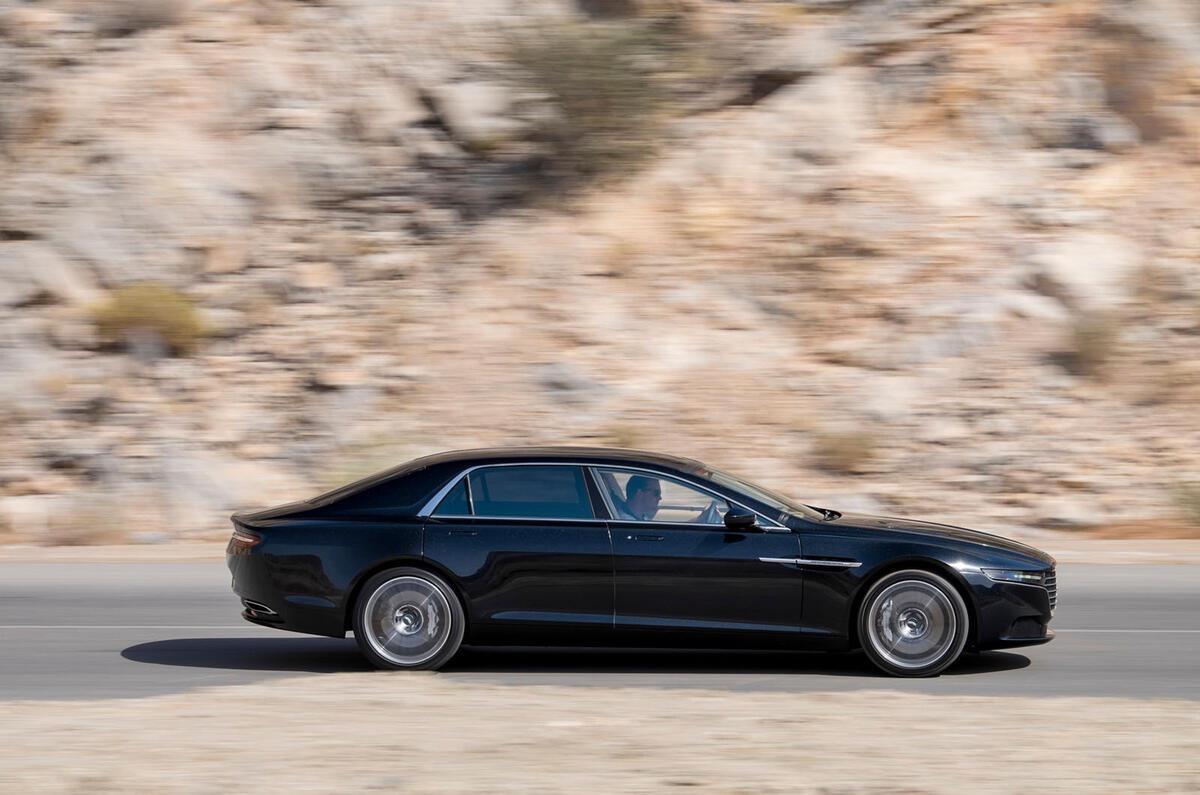
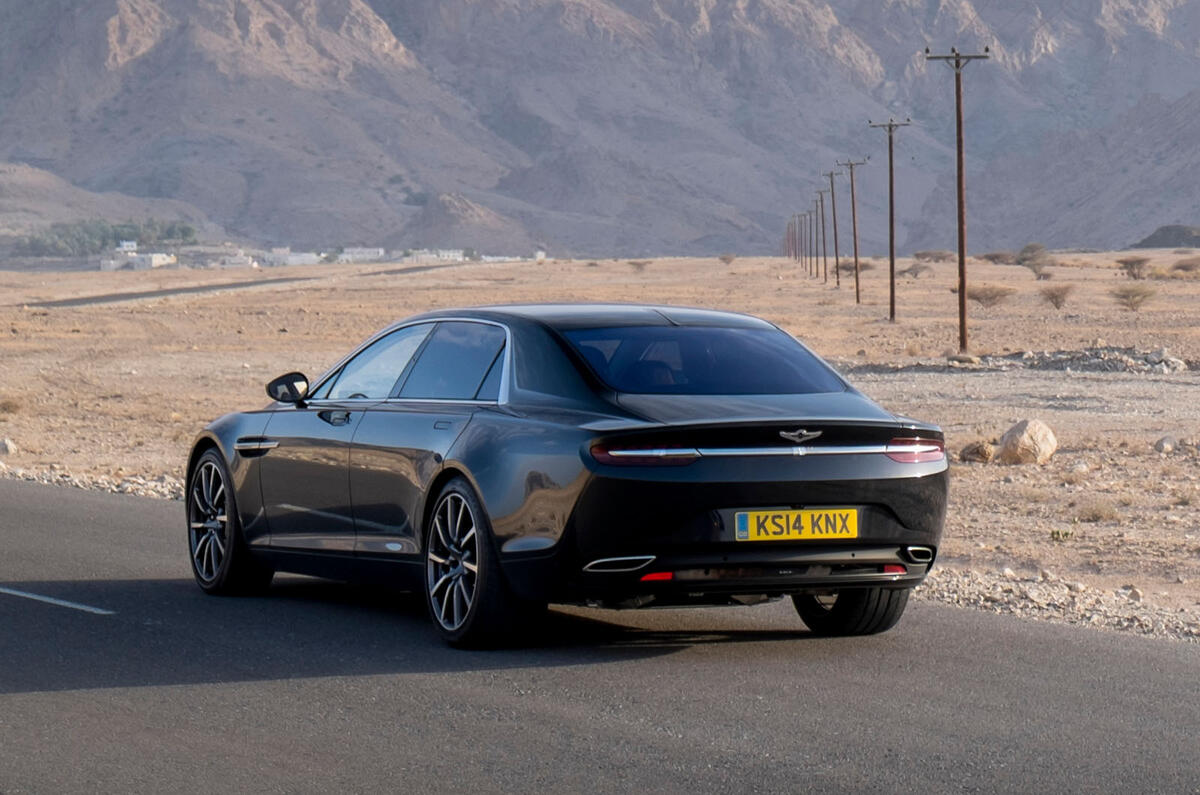
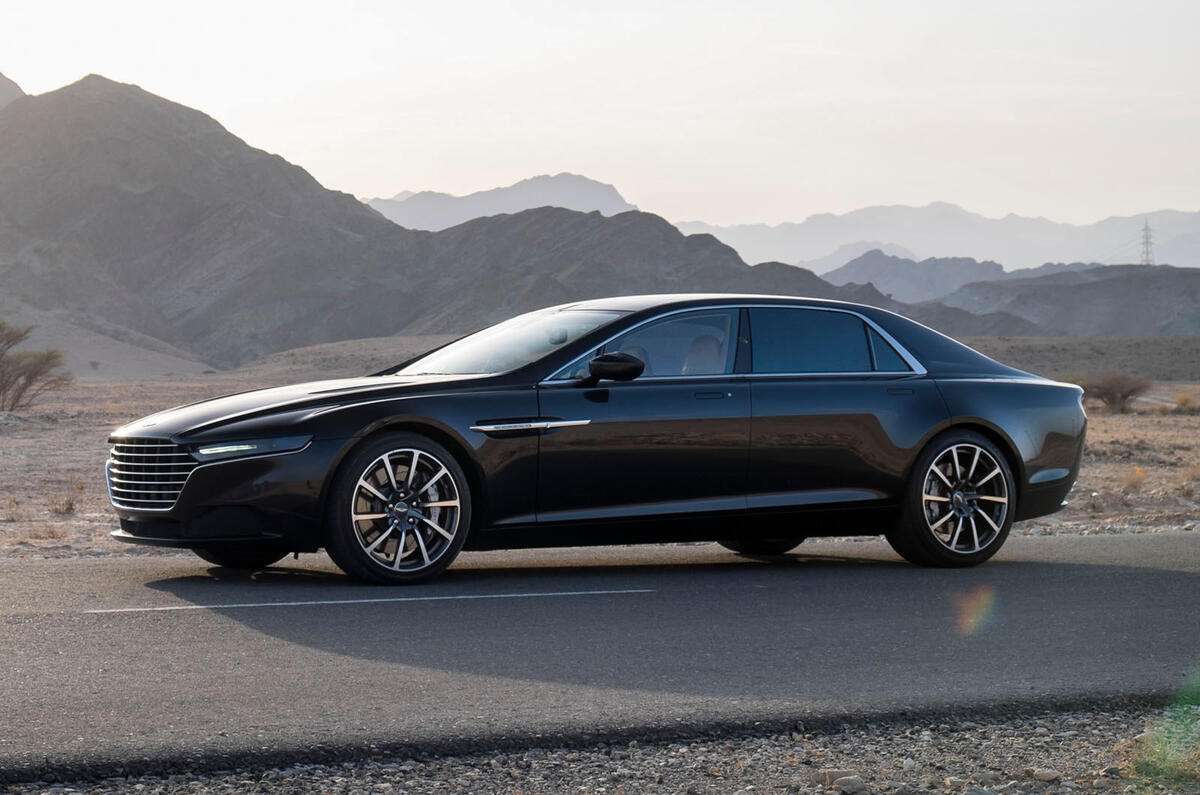
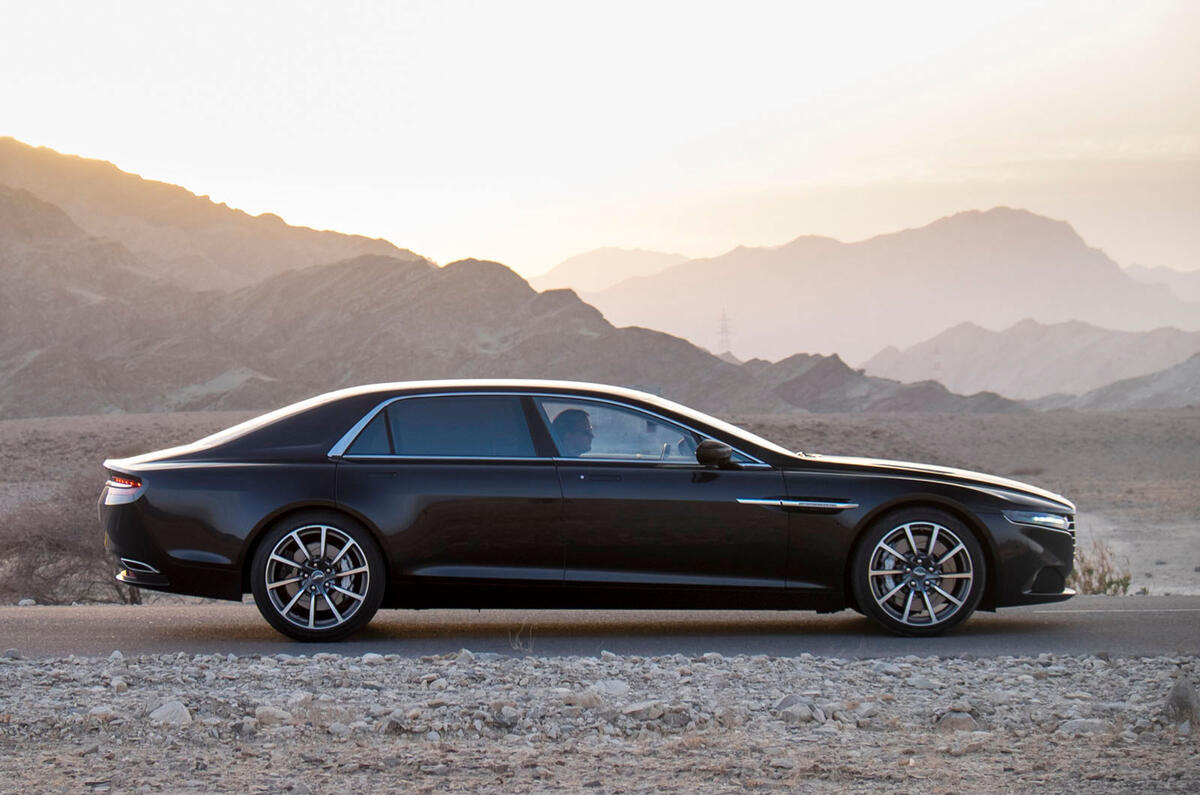
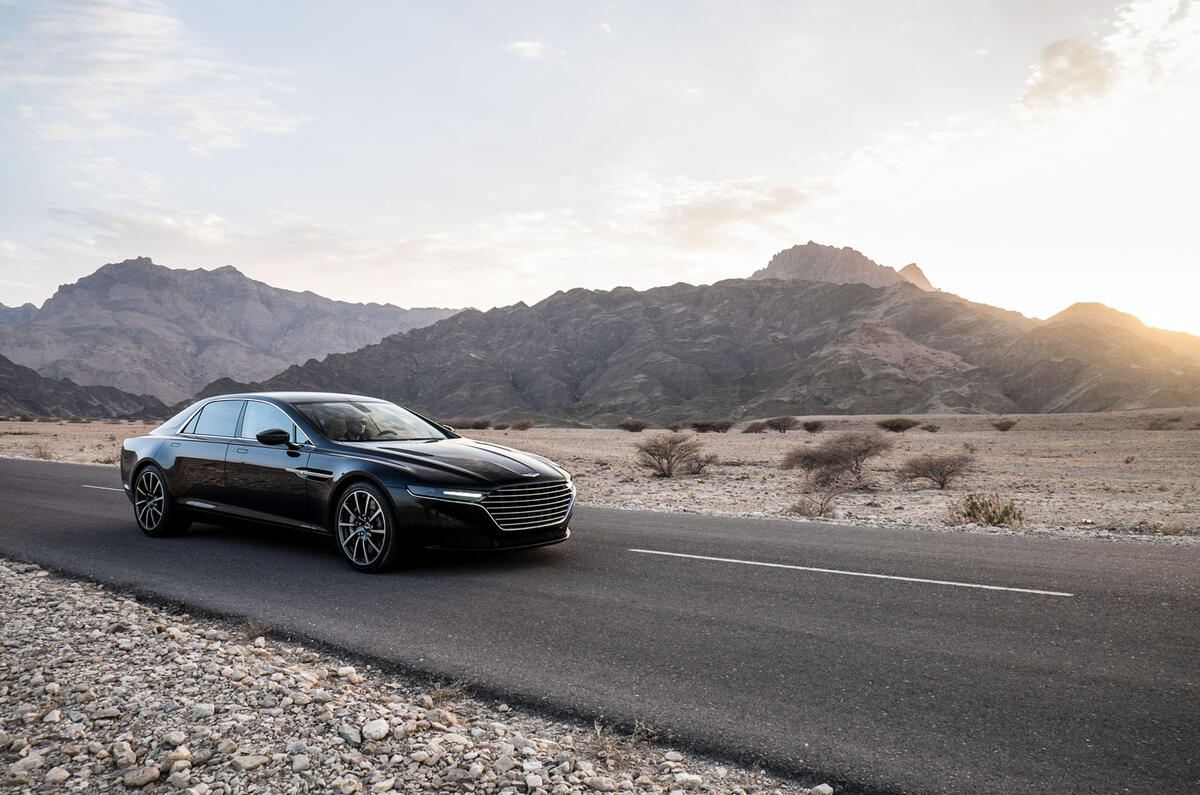

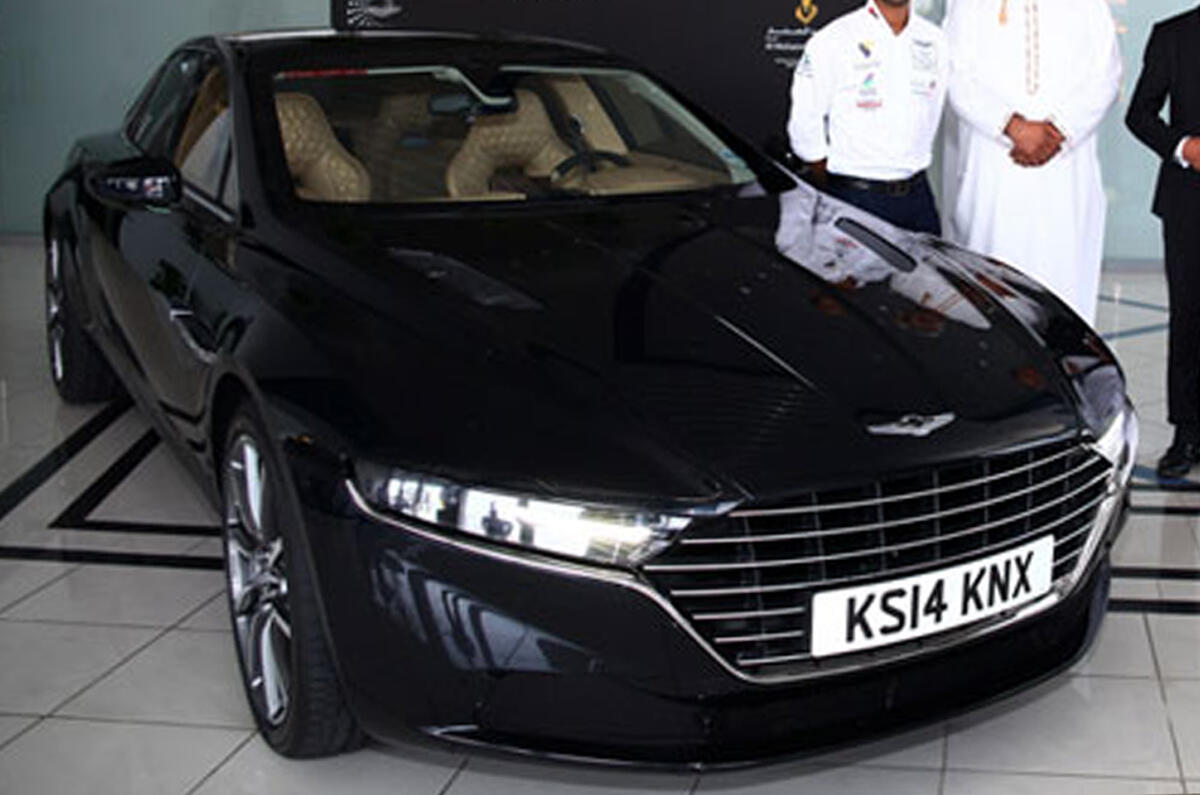
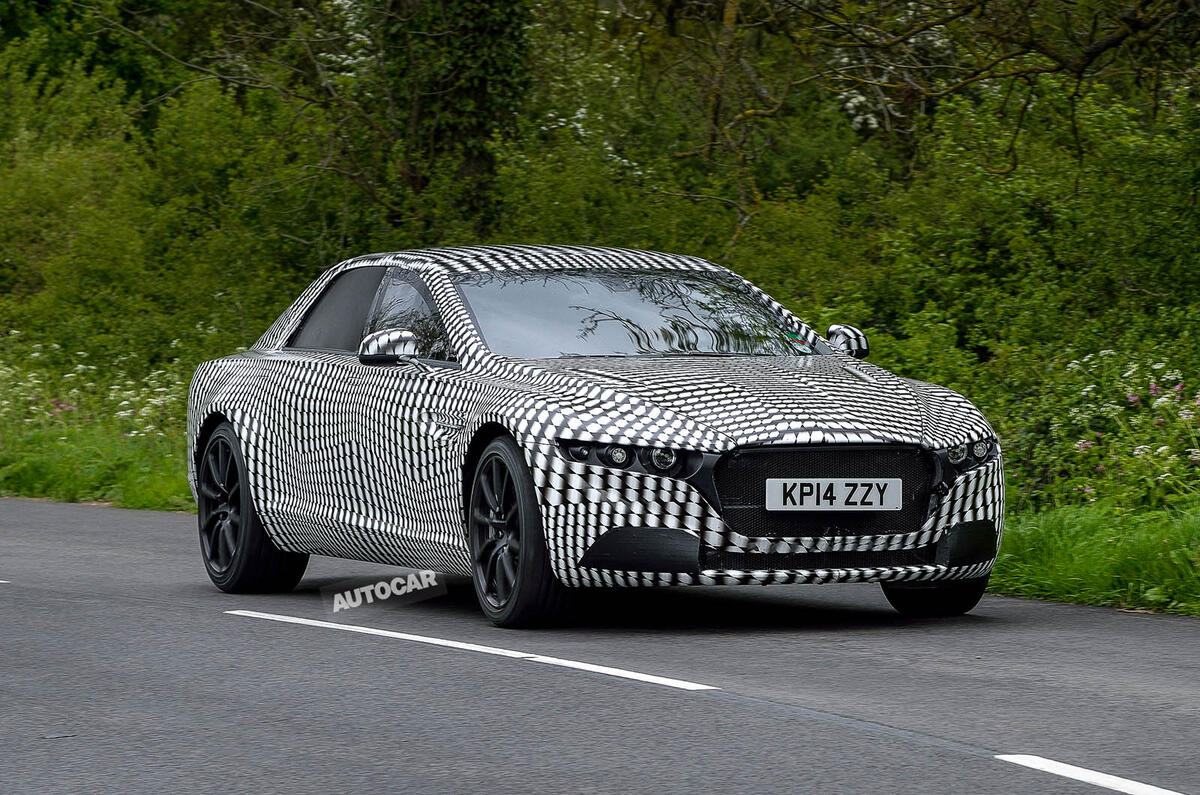
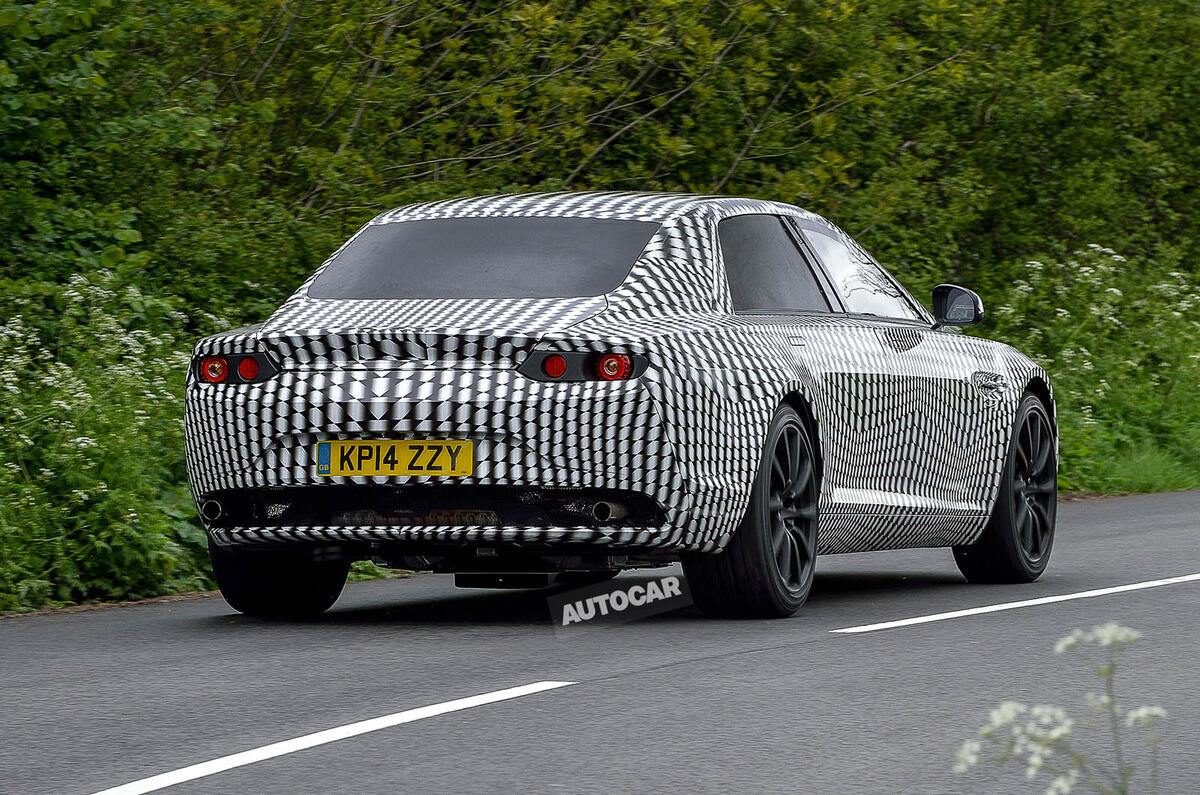
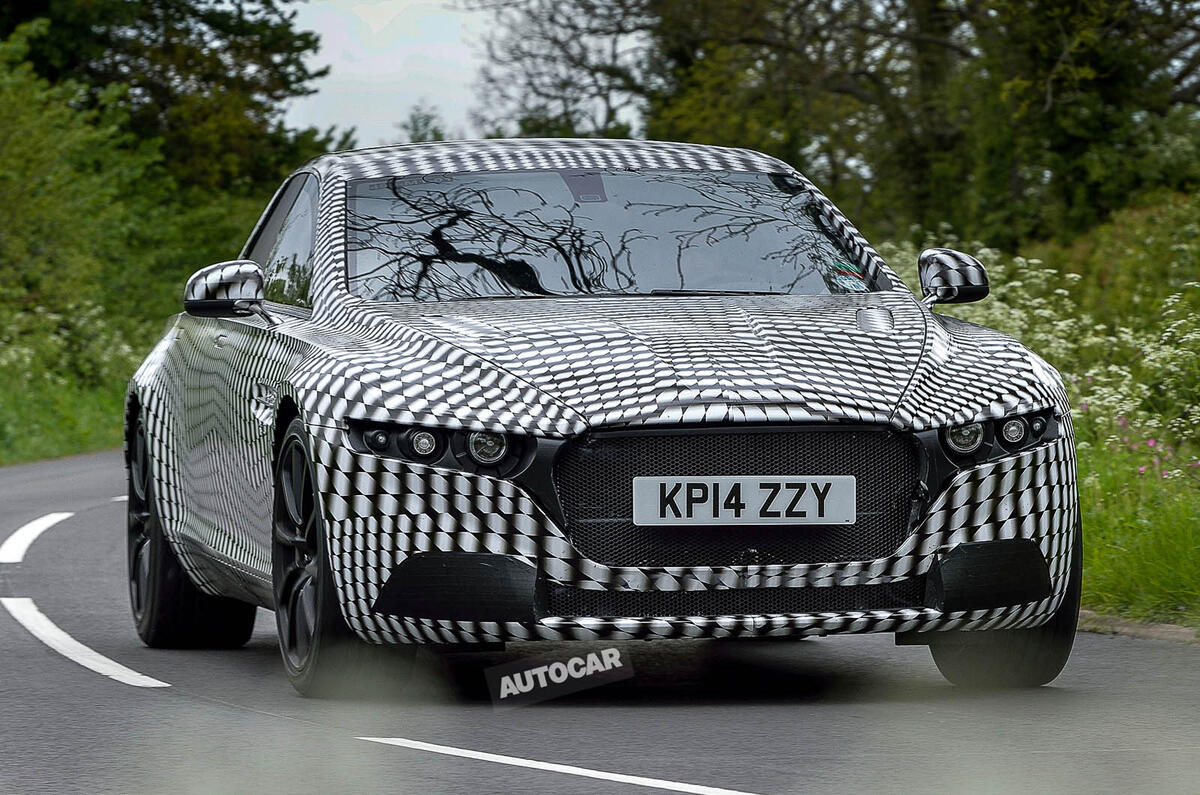
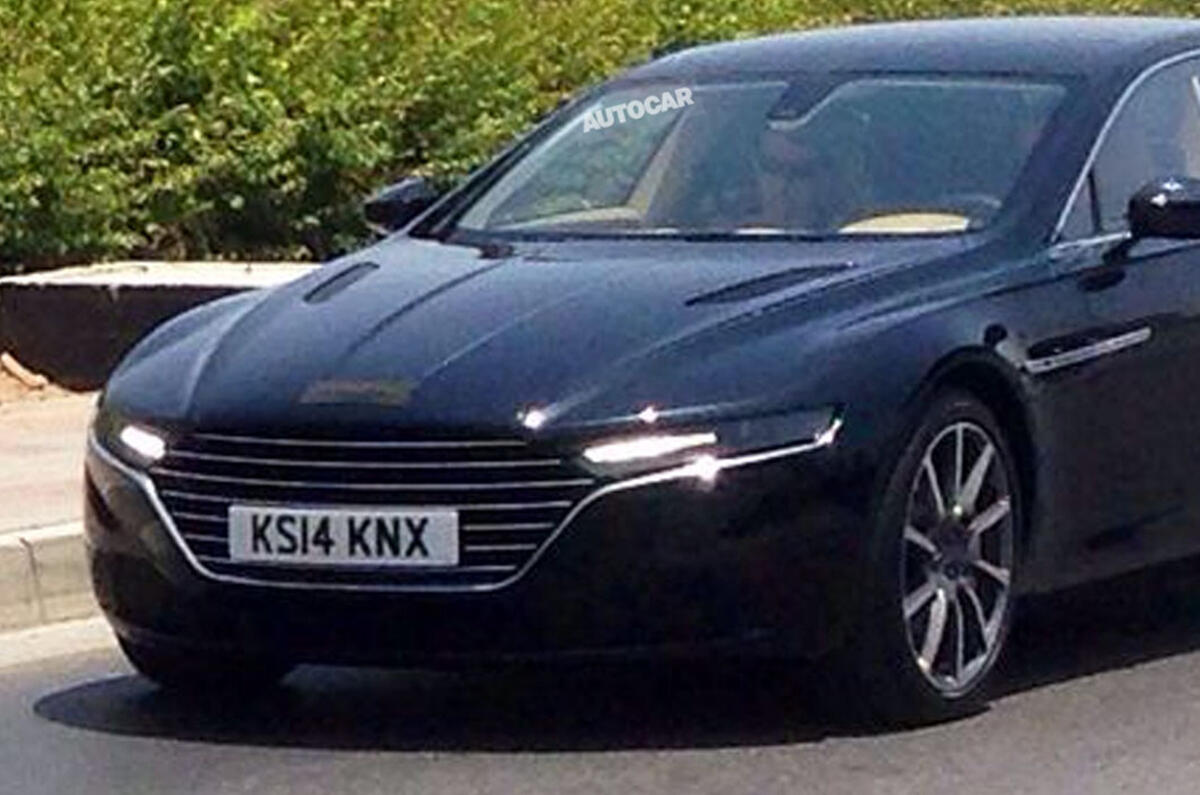
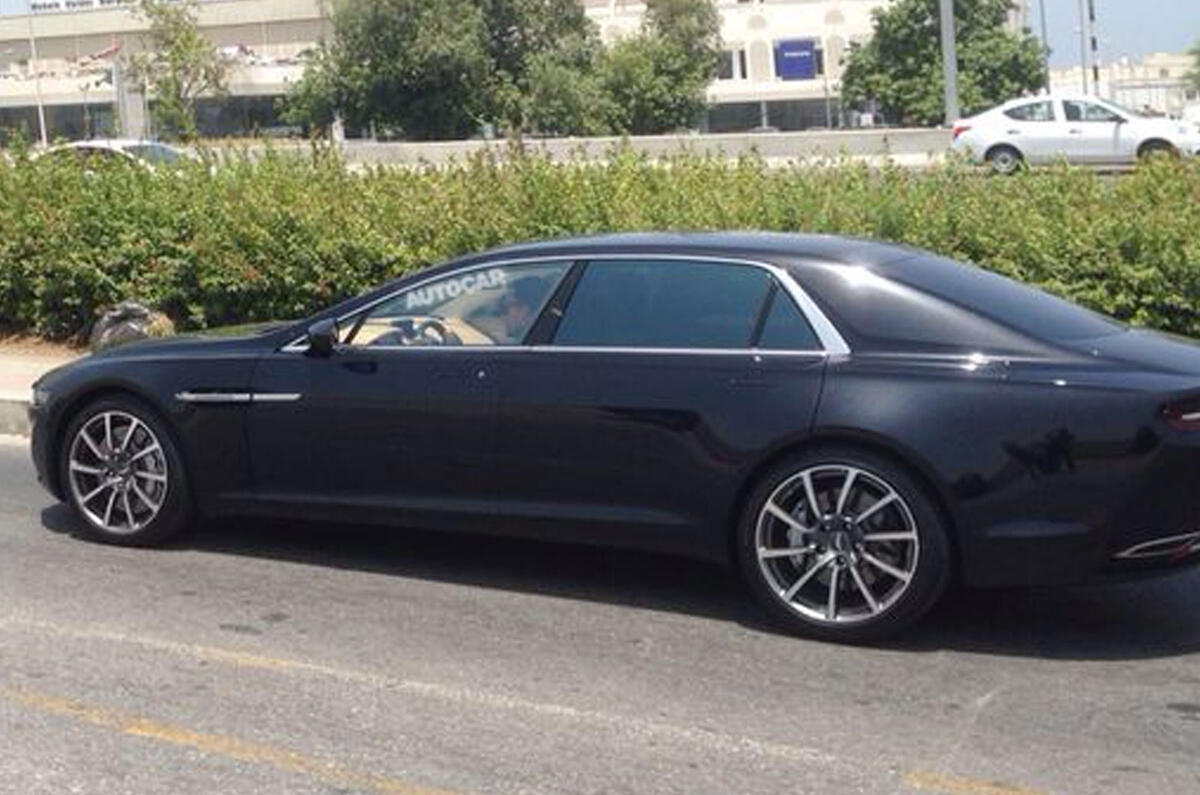
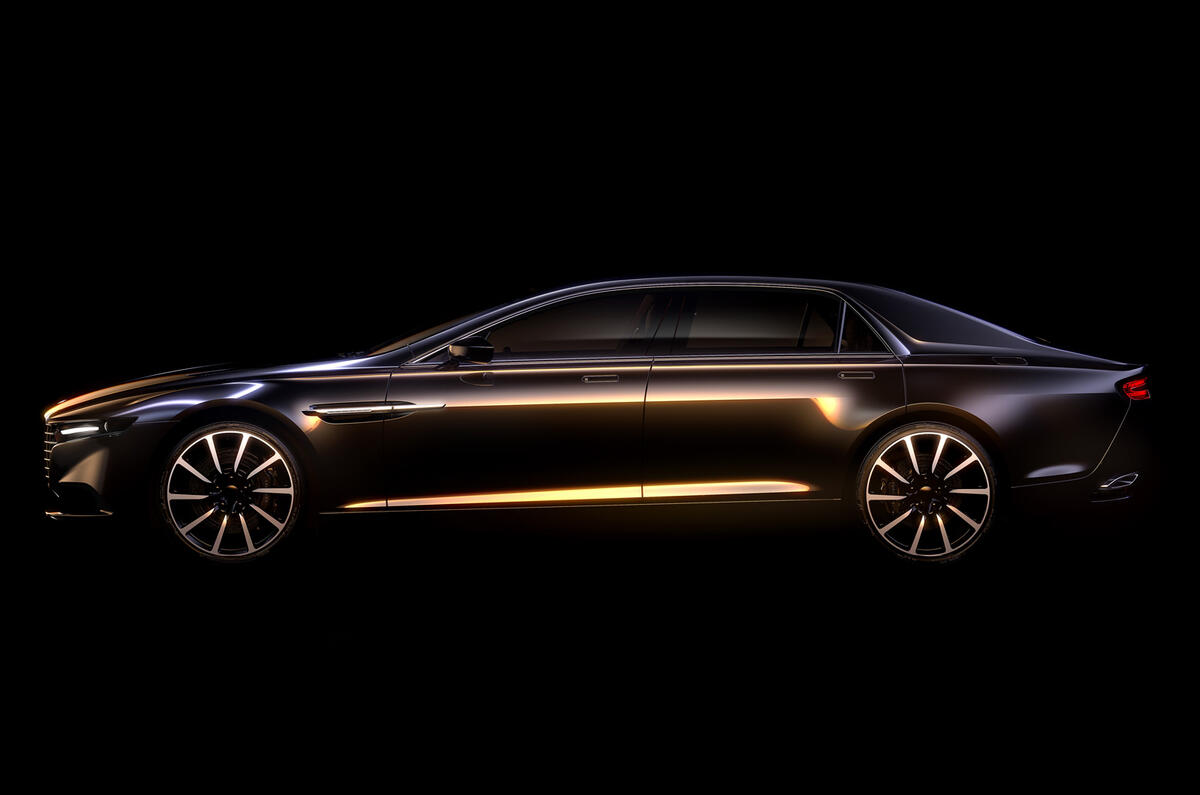
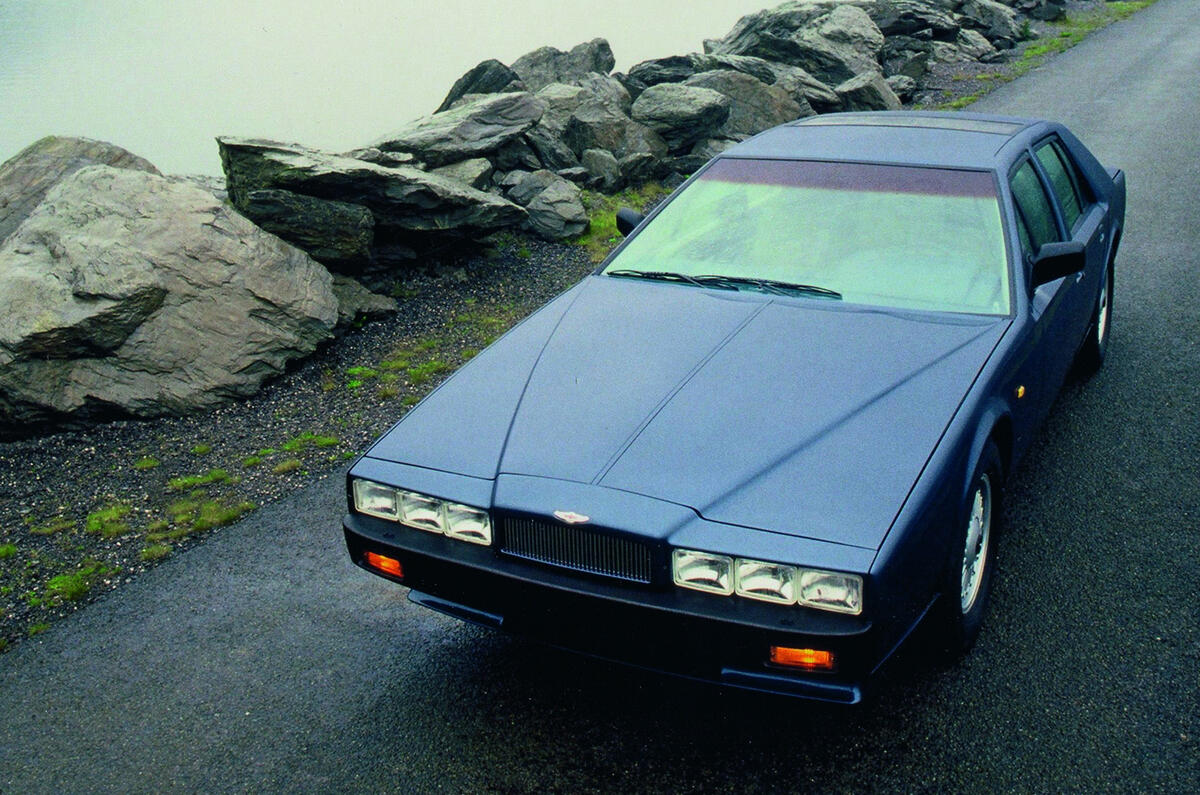
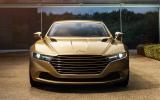
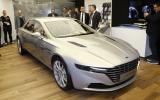
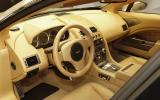
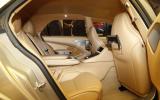
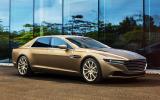
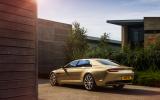
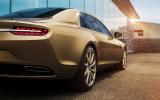


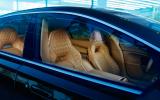
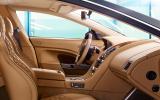

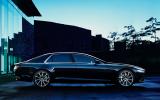




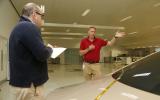


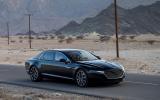
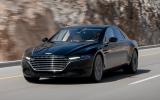

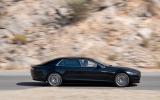

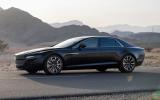
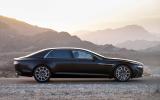

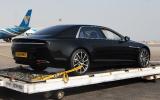

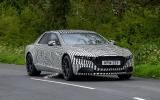
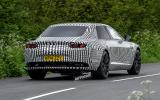


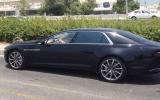
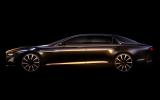
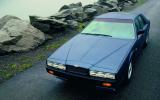






Join the debate
Add your comment
style
Of course the price is not
Agree up to a point